After spending 3 great days in Damascus, was it time to travel to northern Syria and to Aleppo, which was before the Syrian Civil war the largest city in Syria.
But to get to Aleppo, did I have to drive along the world´s most dangerous road, the Salamiyah – Ithriya – Khanasser Road, notorious for being attacked by Daesh (ISIS) and Al Qaeda, and getting shut down for days.
And yes, Daesh (ISIS) attacked the road the same day I travel it as well, less than 1hour after I passed by it.

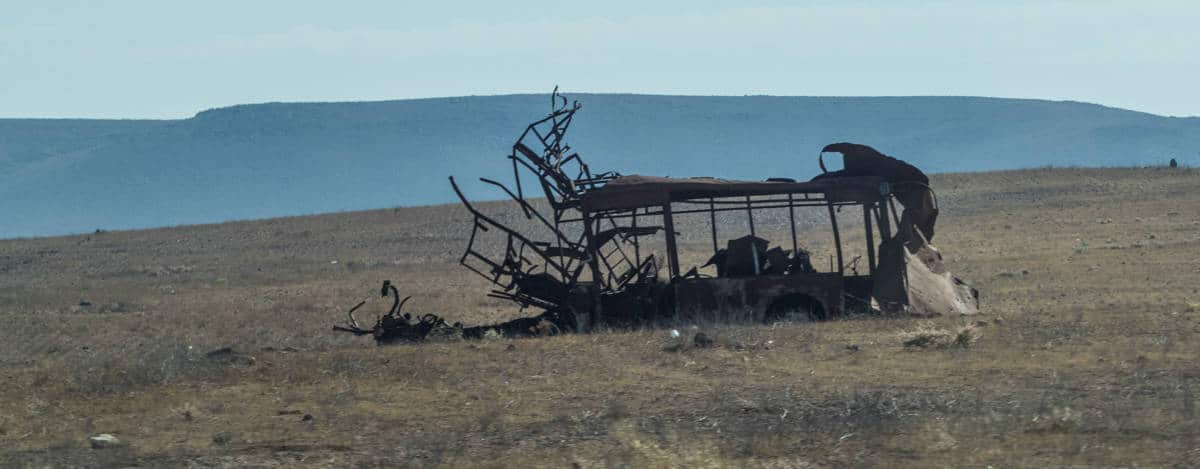
The road between the two biggest cities in Syria used to take only 5 hours to drive; however, these days, it will take you between 7 to 9 hours.It´s now really easy to visit Syria; click here to read about the travel guide about how to get the visa in less than 48hours.
Watch this 3min long video that I filmed with my GoPro during my trip to Syria.
Mostly because of the detour you have to take along Salamiyah – Ithriya – Khanasser road (The highway is off-limits since it goes through deep Al Qaeda land), and there a few compulsory military checkpoints with friendly soldiers who do papers checks. This rarely takes more than a minute or two. UPDATE, the M5 highway to Aleppo reopened in early 2020.
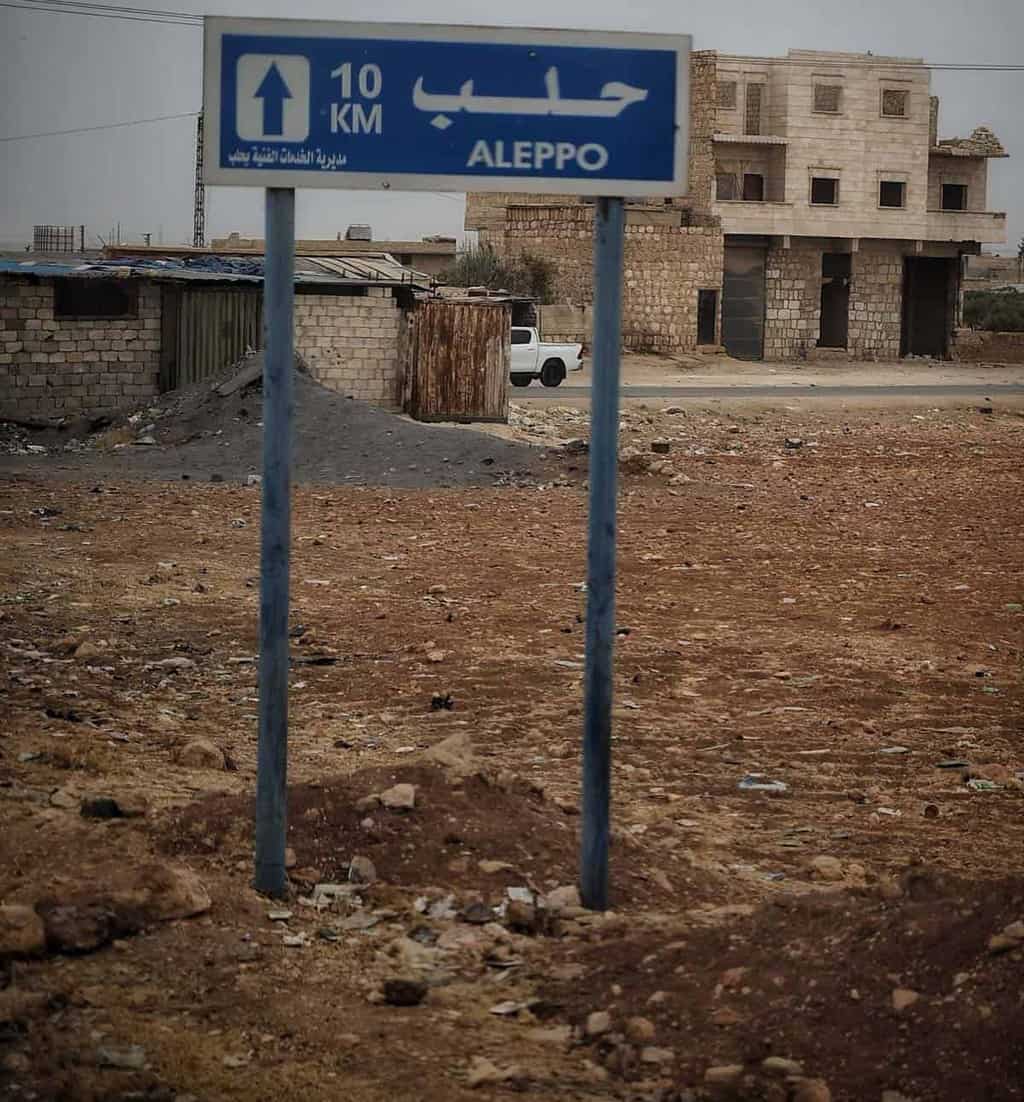
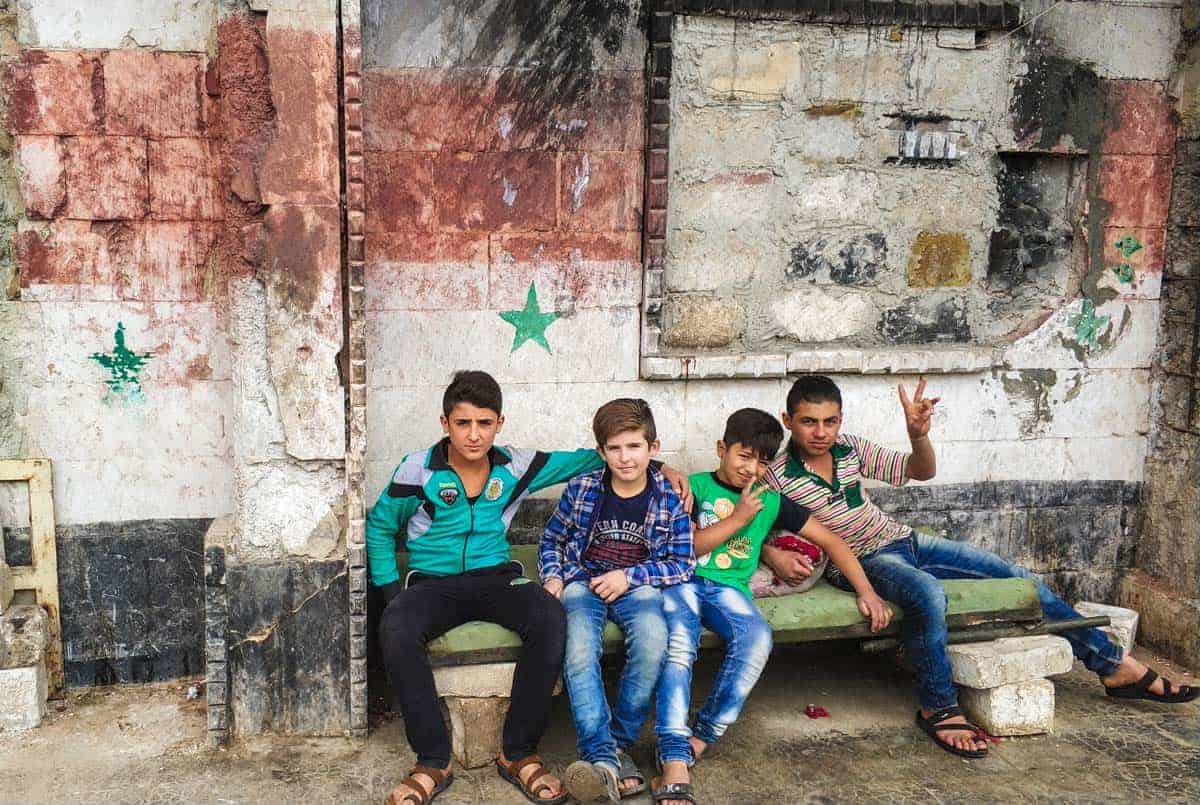
When you finally reach Aleppo, you will go through the broken parts of East Aleppo, the places where some of the most fierce battles in the war happened.
There are three sides to every story: yours, theirs, and the truth somewhere in the middle.
But it doesn’t take long before you notice that only a small part of Aleppo is destroyed; as soon as you reach central Aleppo, the city is bustling with life, just like Damascus. So too are the shops, restaurants, supermarkets, and parks filled with people.
Yes, There´s a lot of destruction in Aleppo, especially the historical old part of town with the Souq (market) and surrounding areas are mostly destroyed, but rebuilding has already started.
But there’s far less destruction in Aleppo than what the media has been telling us; only about 20% of Aleppo is destroyed or damaged. The city centre is mostly unharmed.
The university is open together with 913! schools, the local trains are running, and there are seven public transportation routes around the city.

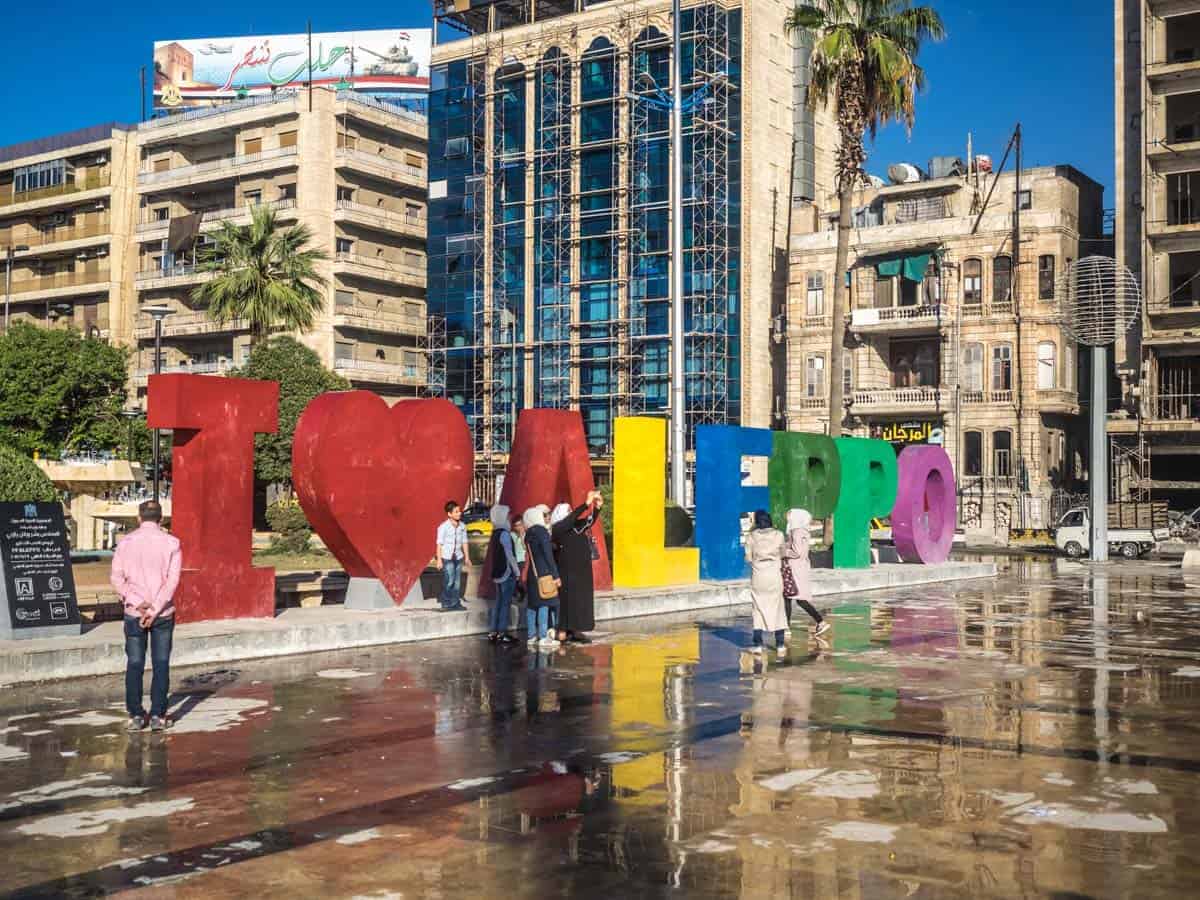
As a foreigner in Aleppo, you may think that big parts of the city were off-limits? Not at all! I was granted full access to inside the Aleppo Citadel, to walk around the old Souq, visit the devastating remains of the historic Umayyad Mosque, and to visit East Aleppo. I was in the Citadel before CNN, BBC, etc. This was in 2017 before Syria started to reopen for tourists.
I was even allowed to visit a school that Desh (ISIS) and Al Qaeda used as headquarters.
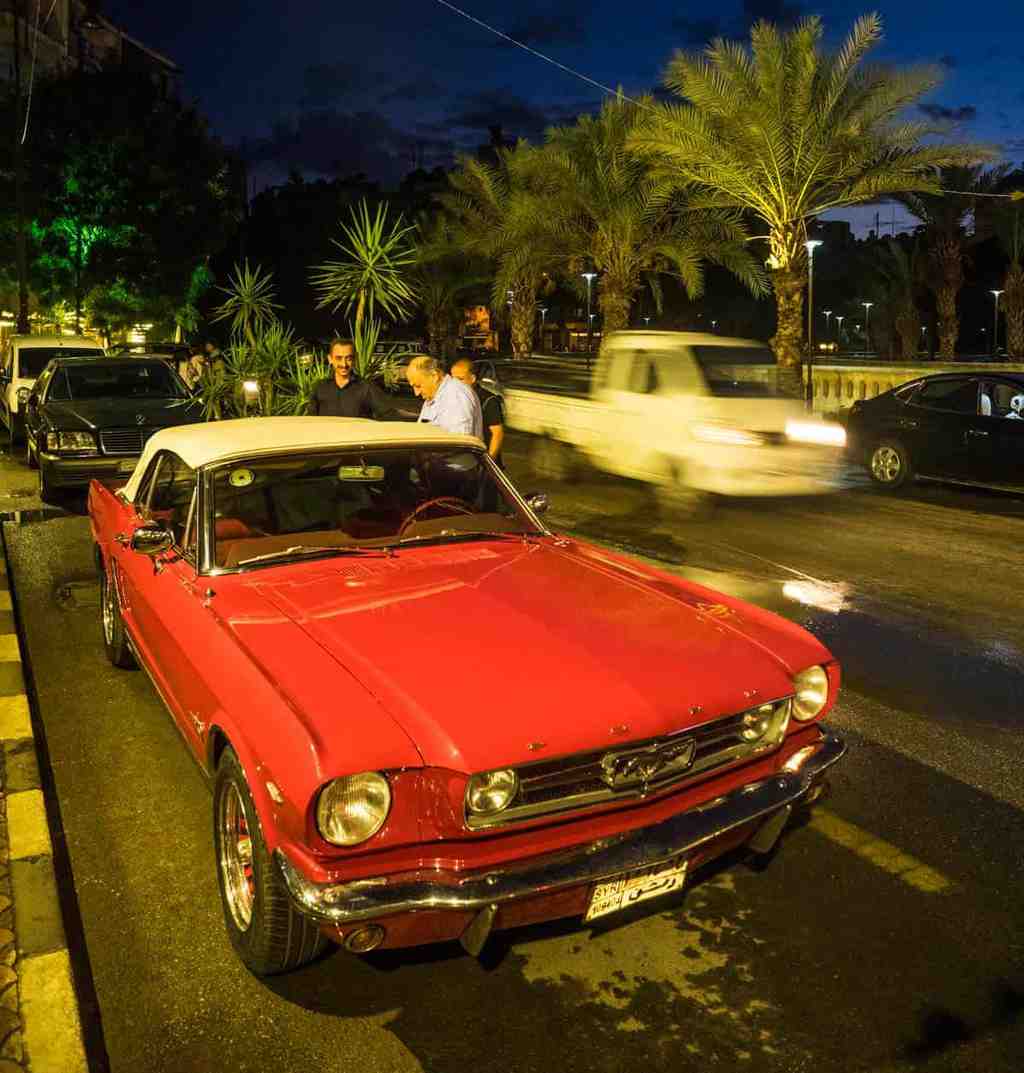
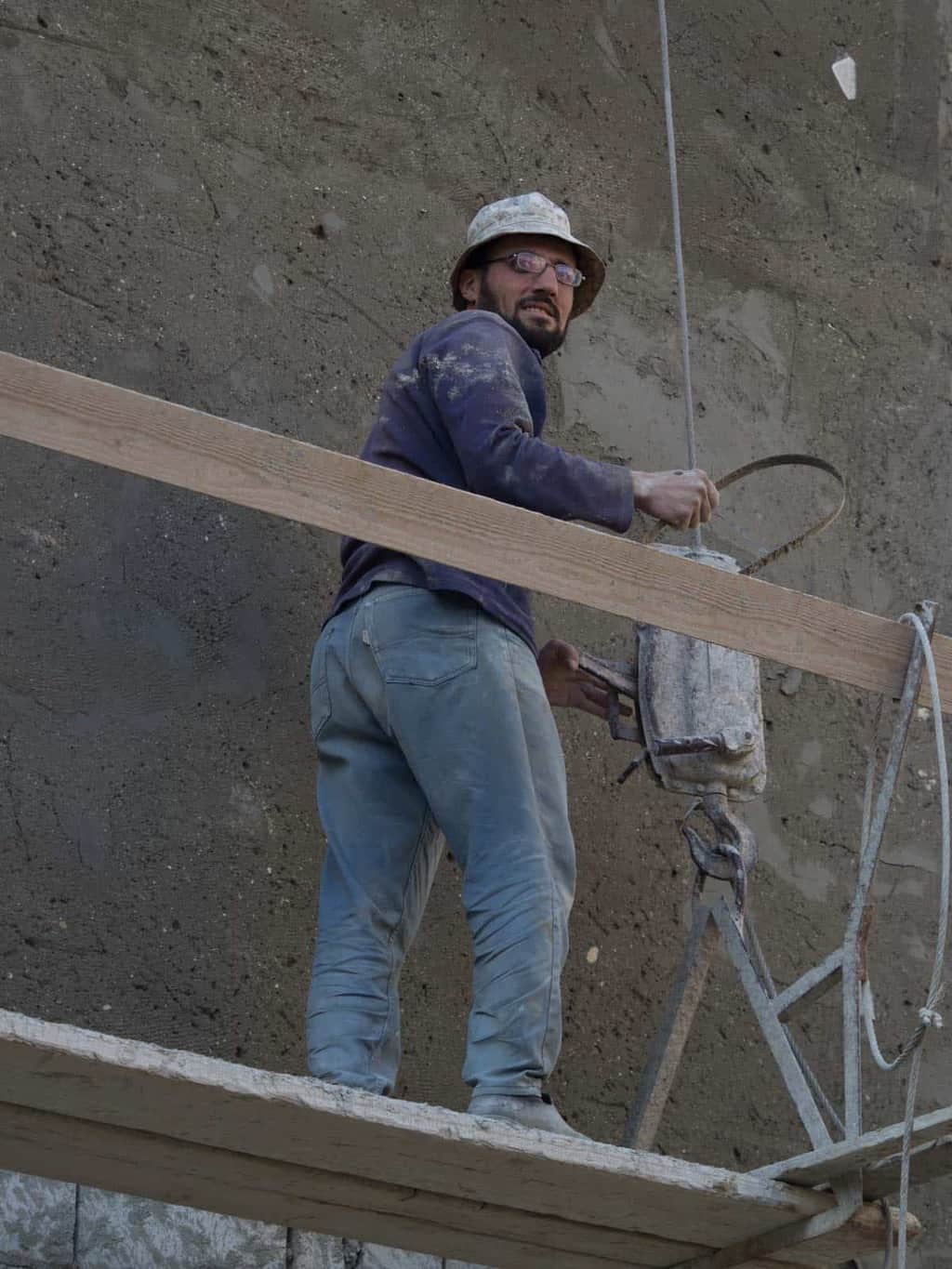
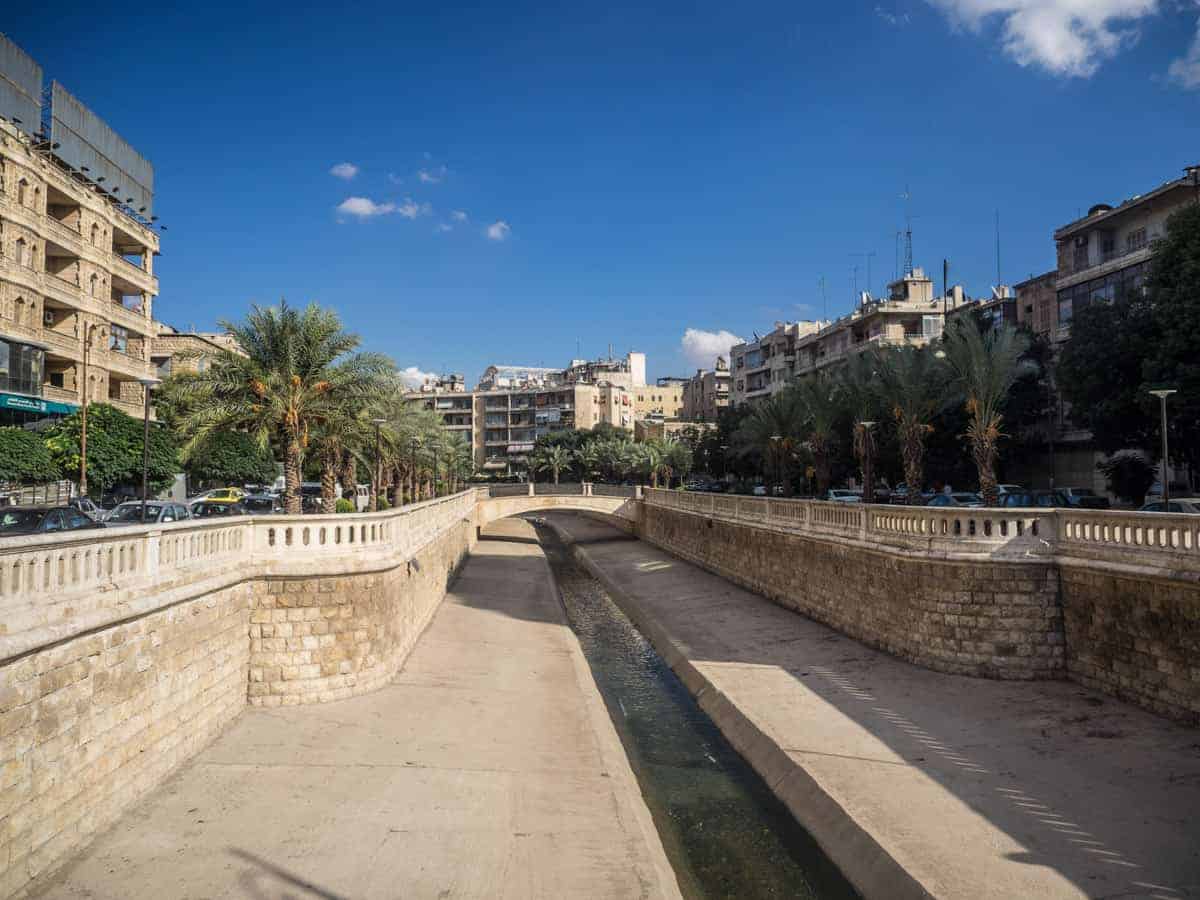
I was never told that I could not visit an area, or even told that I wasn’t allowed to take photos!
Before the war in the Old City of Aleppo is one of the highlights of every trip to Syria; it was even added to the UNESCO world heritage list all the way back in 1986!

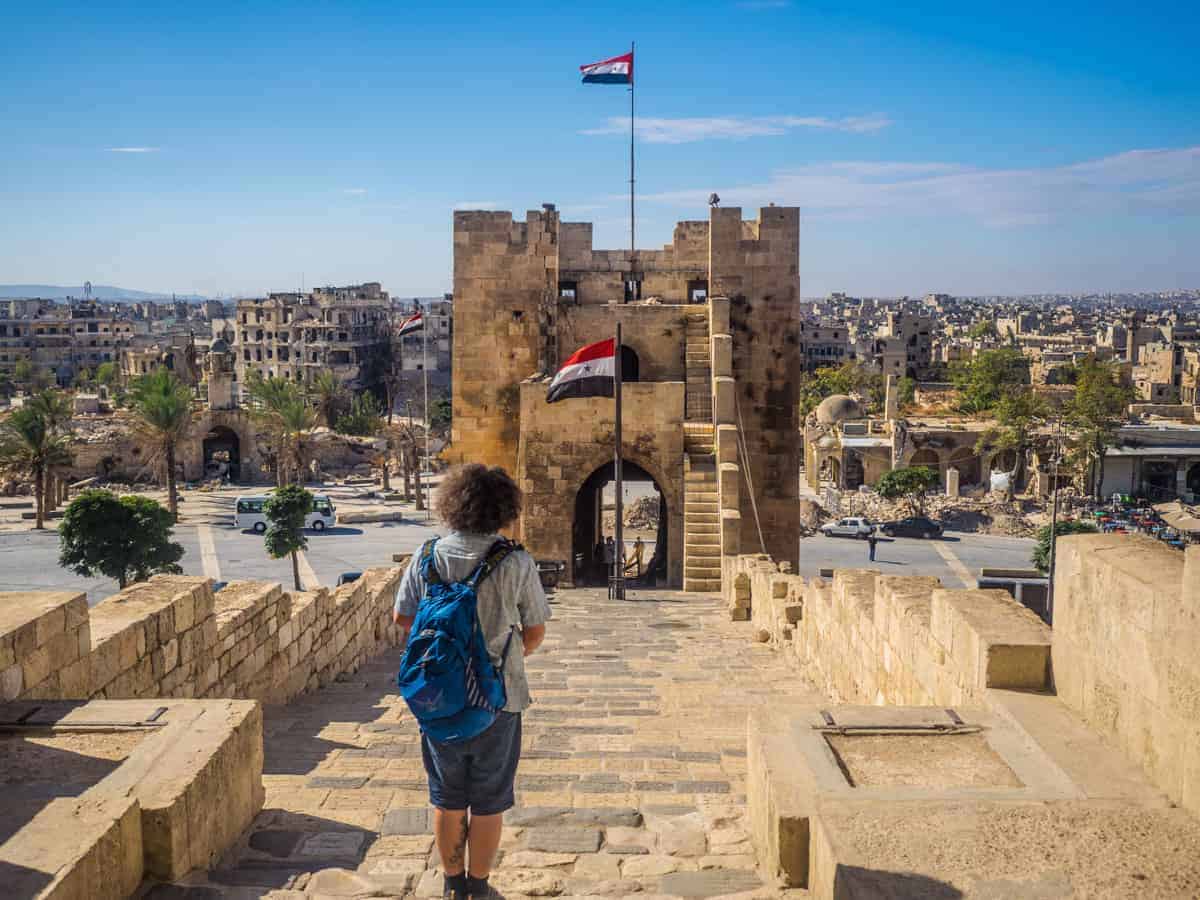
From the UNESCO website:
Located at the crossroads of several trade routes from the 2nd millennium B.C., Aleppo was ruled successively by the Hittites, Assyrians, Arabs, Mongols, Mamelukes and Ottomans. The 13th-century citadel, 12th-century Great Mosque and various 17th-century madrasas, palaces, caravanserais and hammams all form part of the city’s cohesive.
It´s heartbreaking to walk around the Old City of Aleppo and see all the destruction that happens here. But where there’s sorrow, there´s hope.
A few shopkeepers in the old Souq are working every day and night to rebuild (in the original style) and reopen their shops, and there are stonemasons working at the entrance of Aleppo Citadel, the jewel of the Middle East.
So where is Aleppo actually? Aleppo is located in the northwestern part of Syria. only about 30 miles (50 km) south of the Turkish border.
The Remains of The Old Souq.
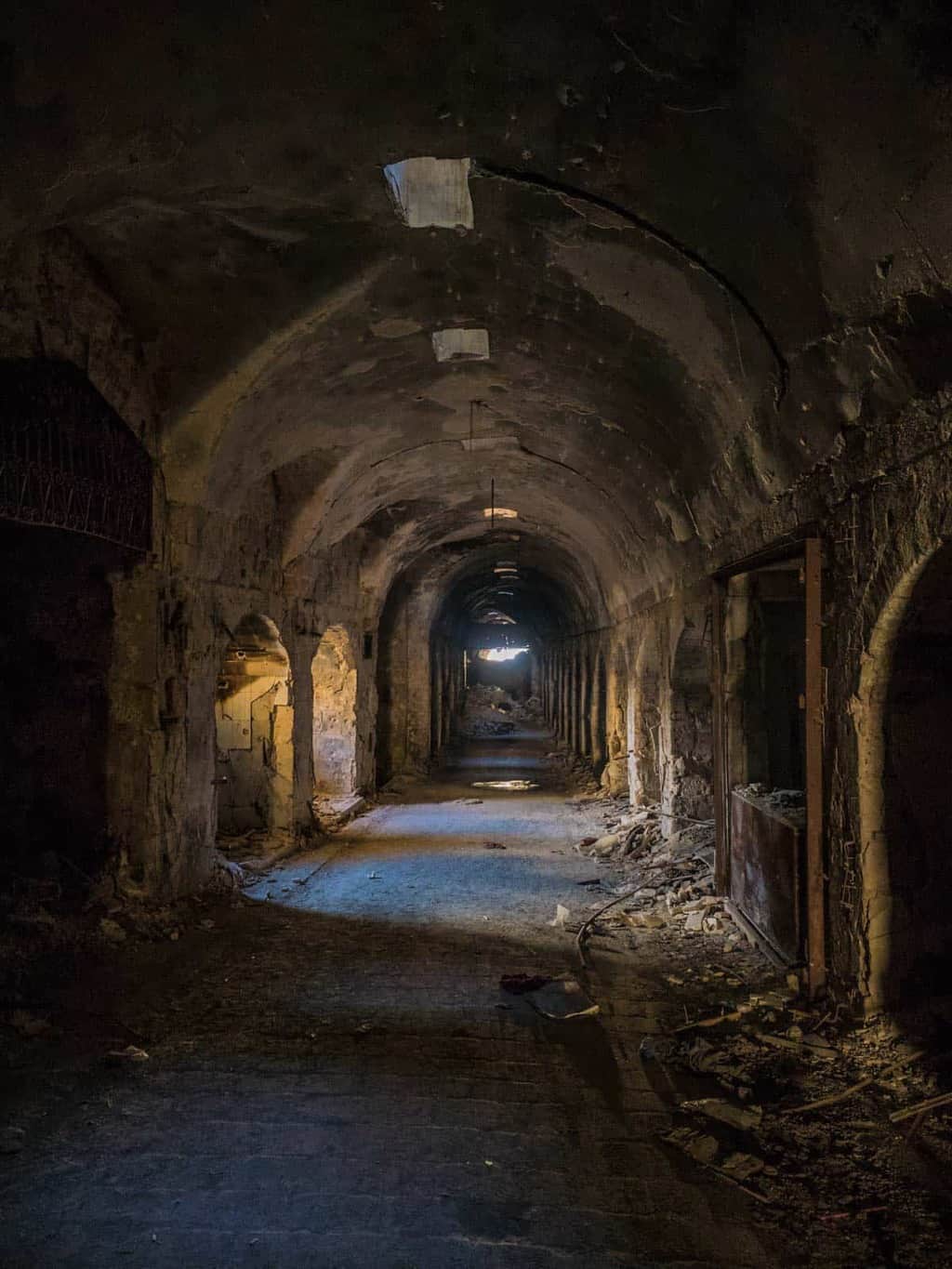
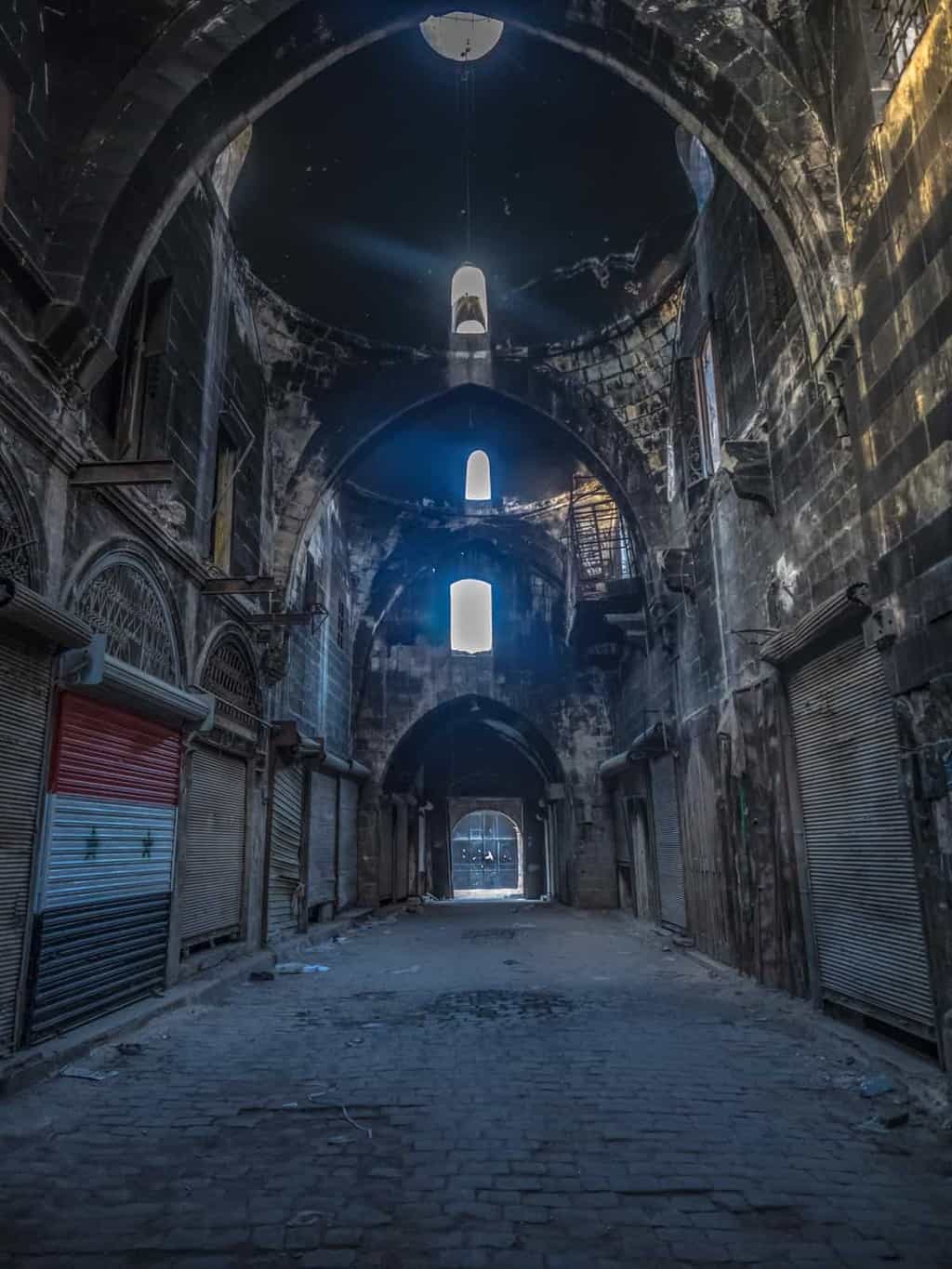
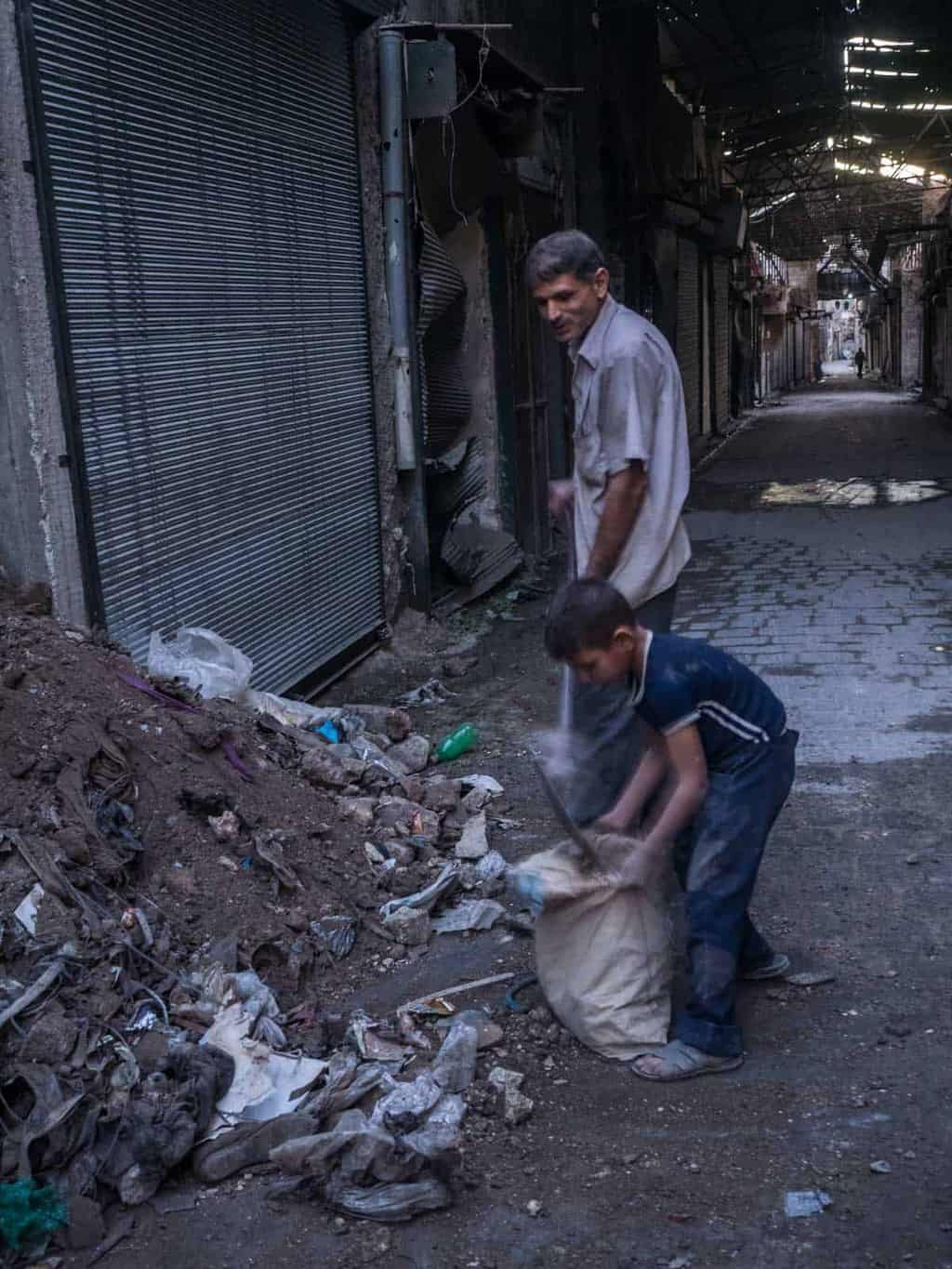
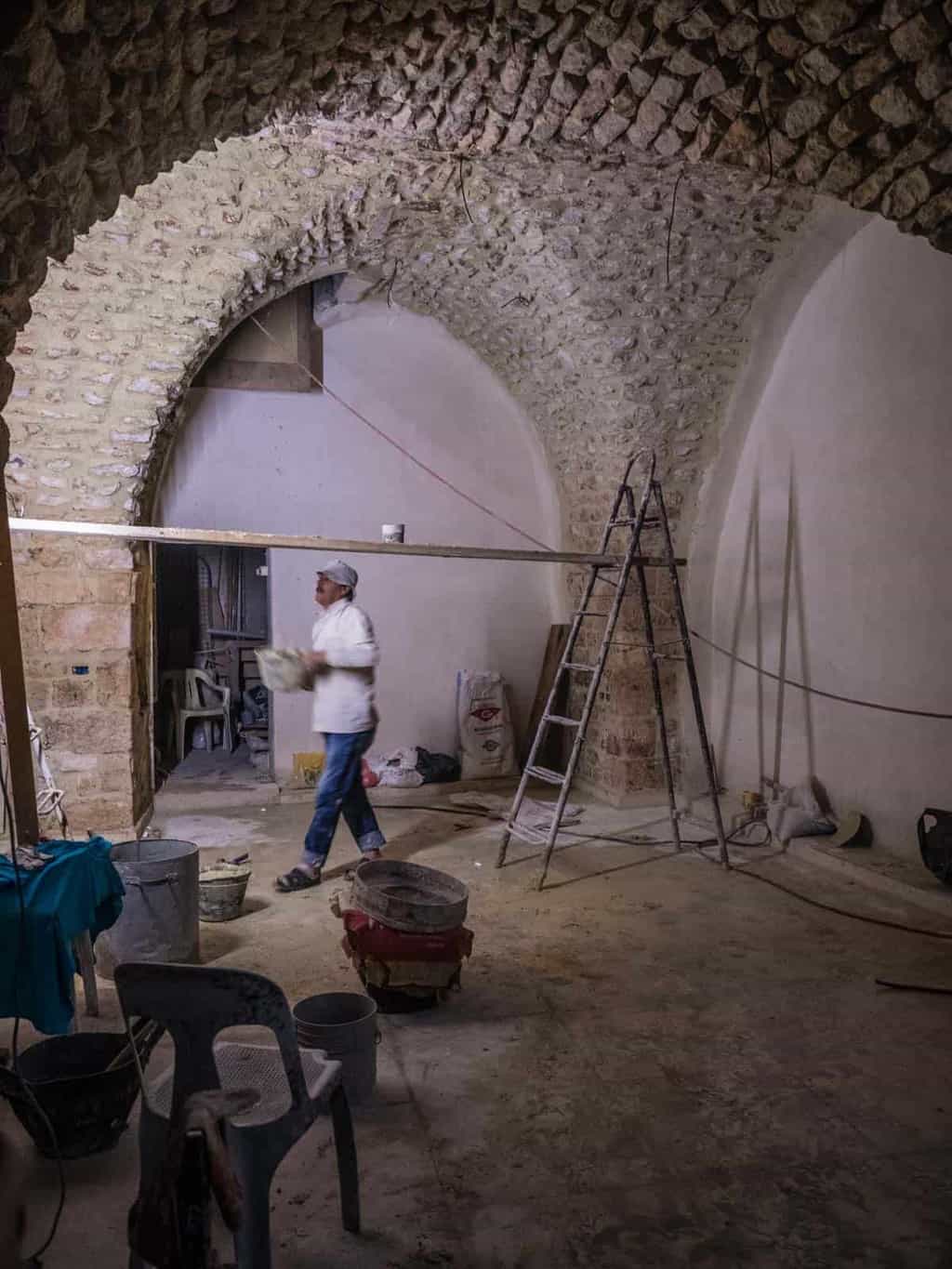
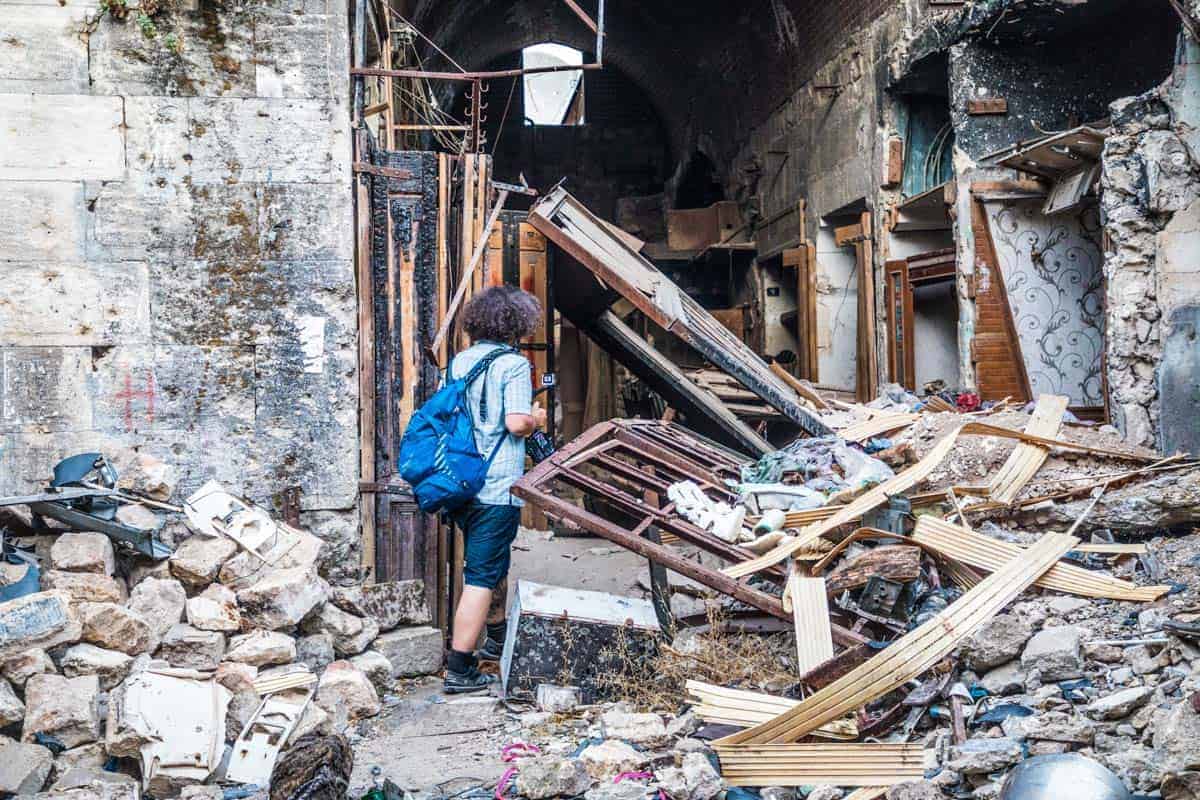
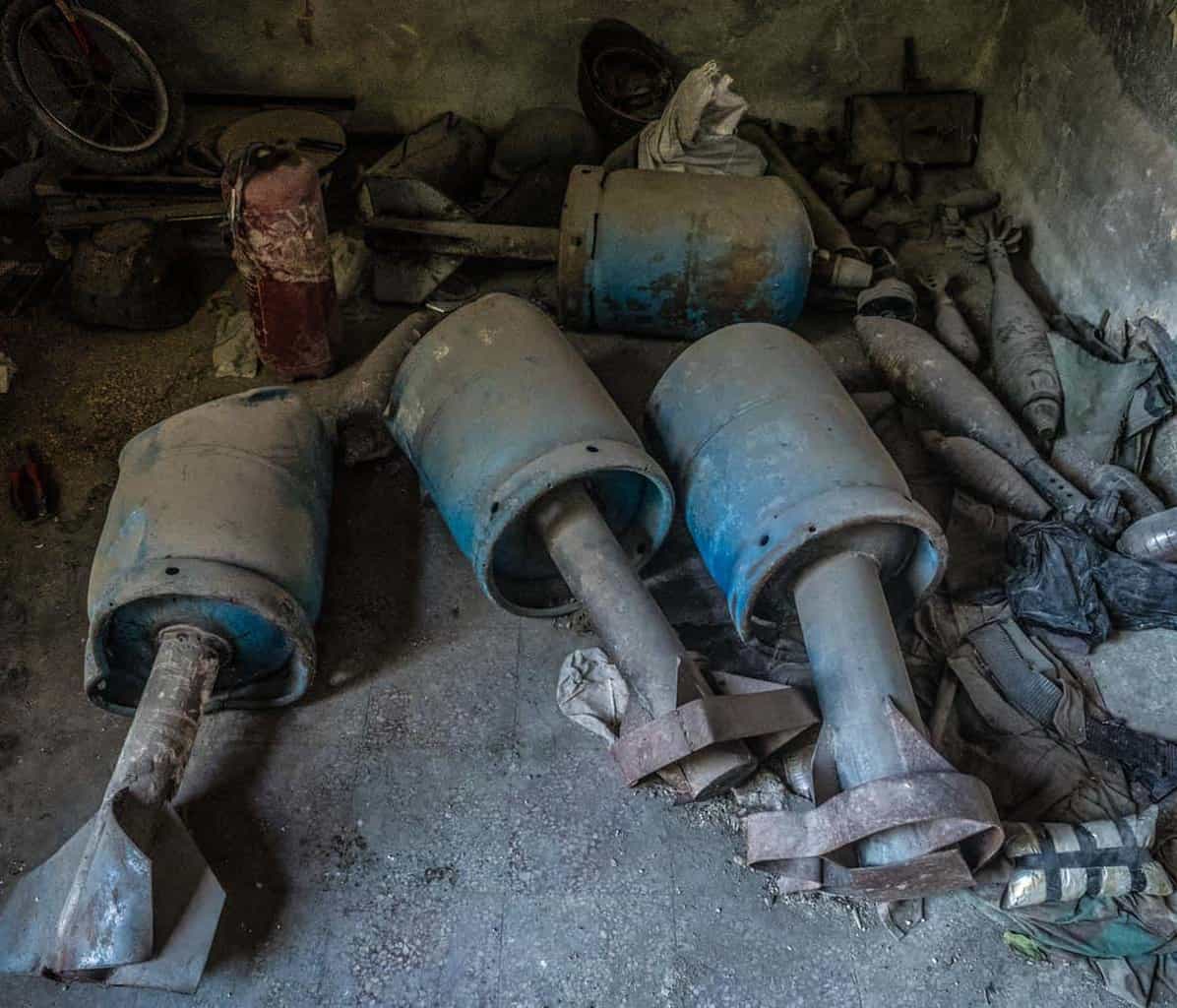
Umayyad Mosque, The Great Mosque Of Aleppo.
The Umayyad Mosque was the largest and oldest mosque in Aleppo; it dated back to the year 715 and was one of the most beautiful mosques in the world, especially because its minaret was considered to be a national treasure, but unfortunately, it was blown up in on 24 April 2013 by Al Nusra (Al Queada).
The whole mosque is now planned to be rebuilt and restored to its former glory.
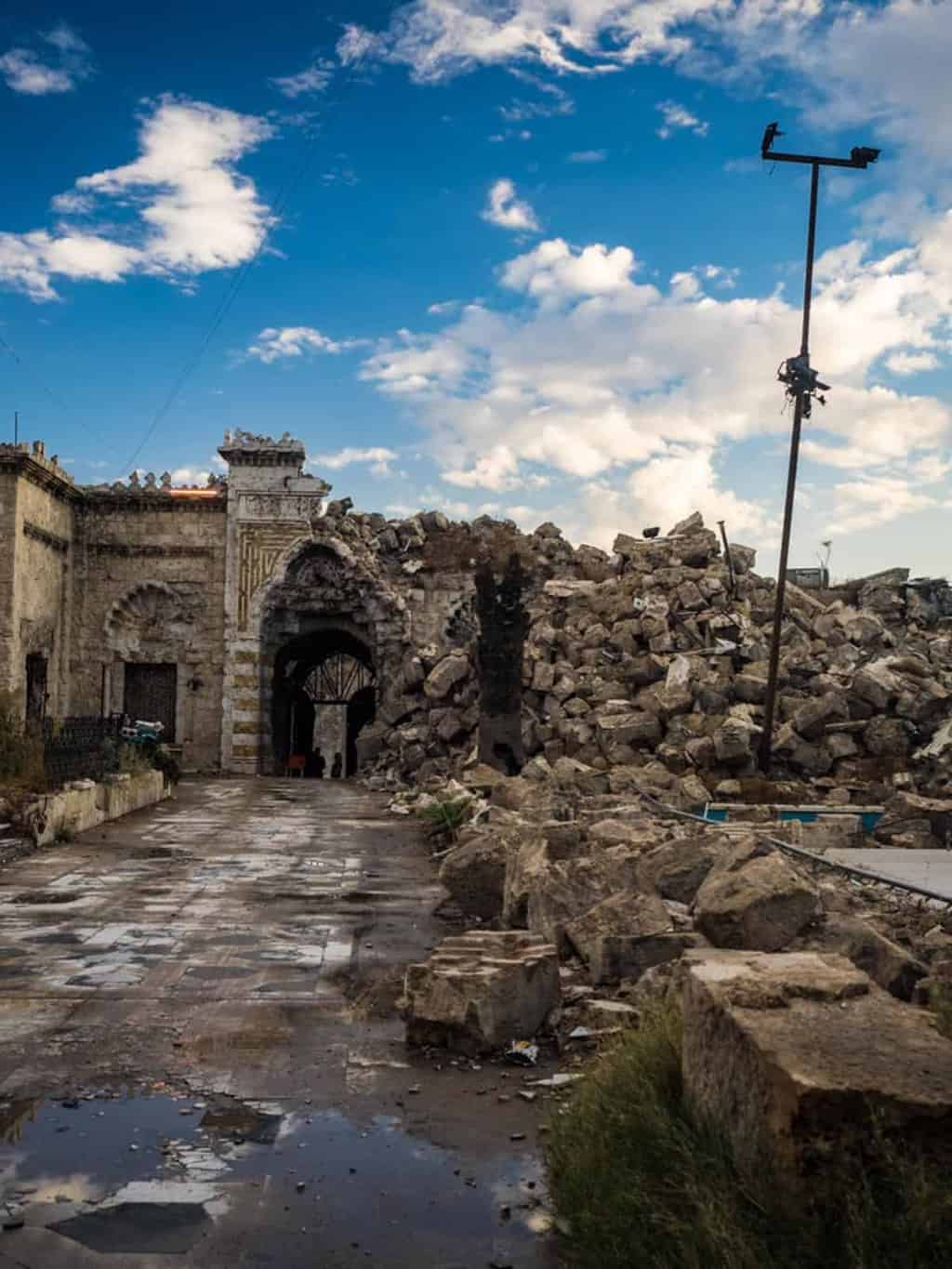
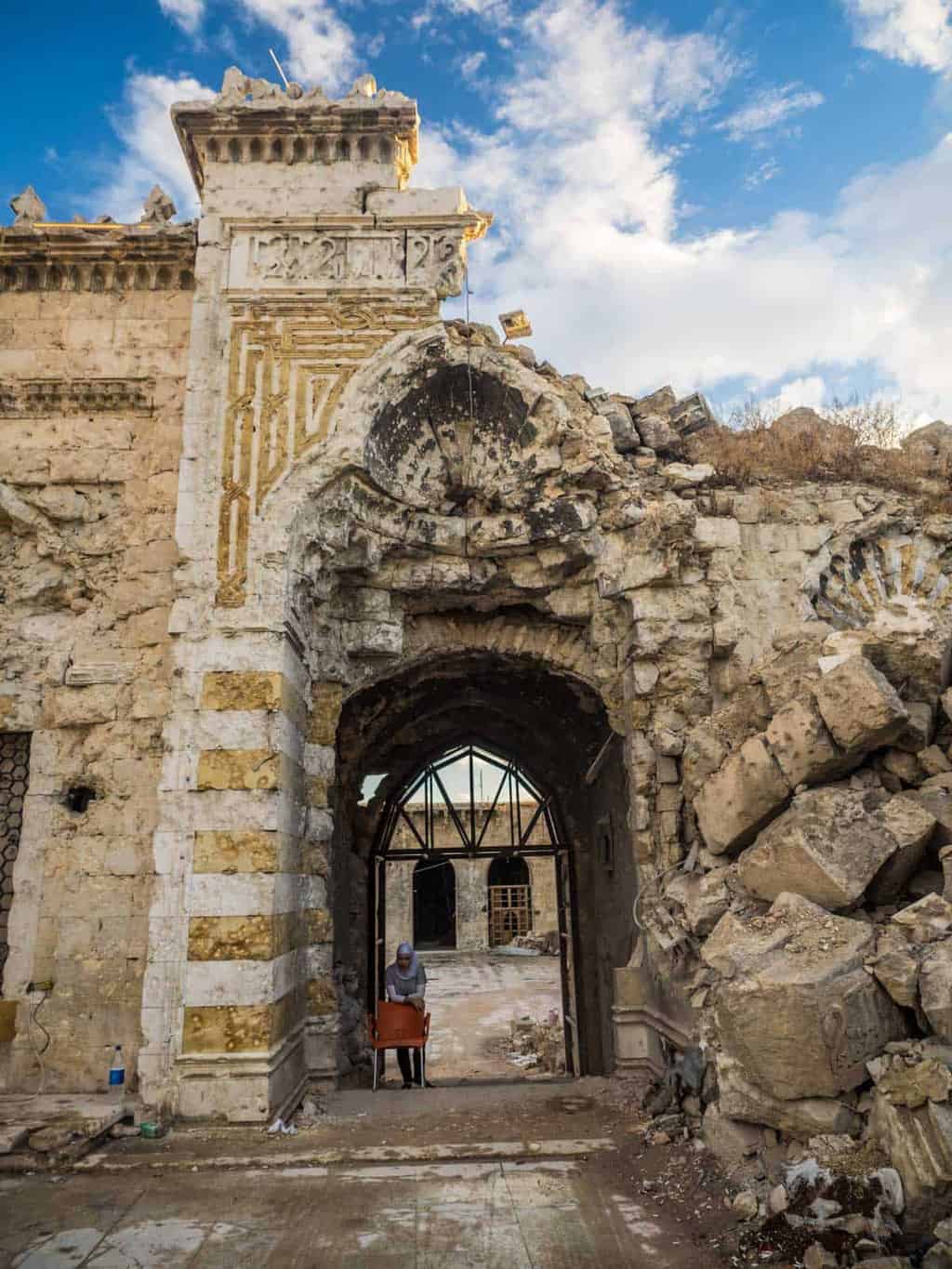

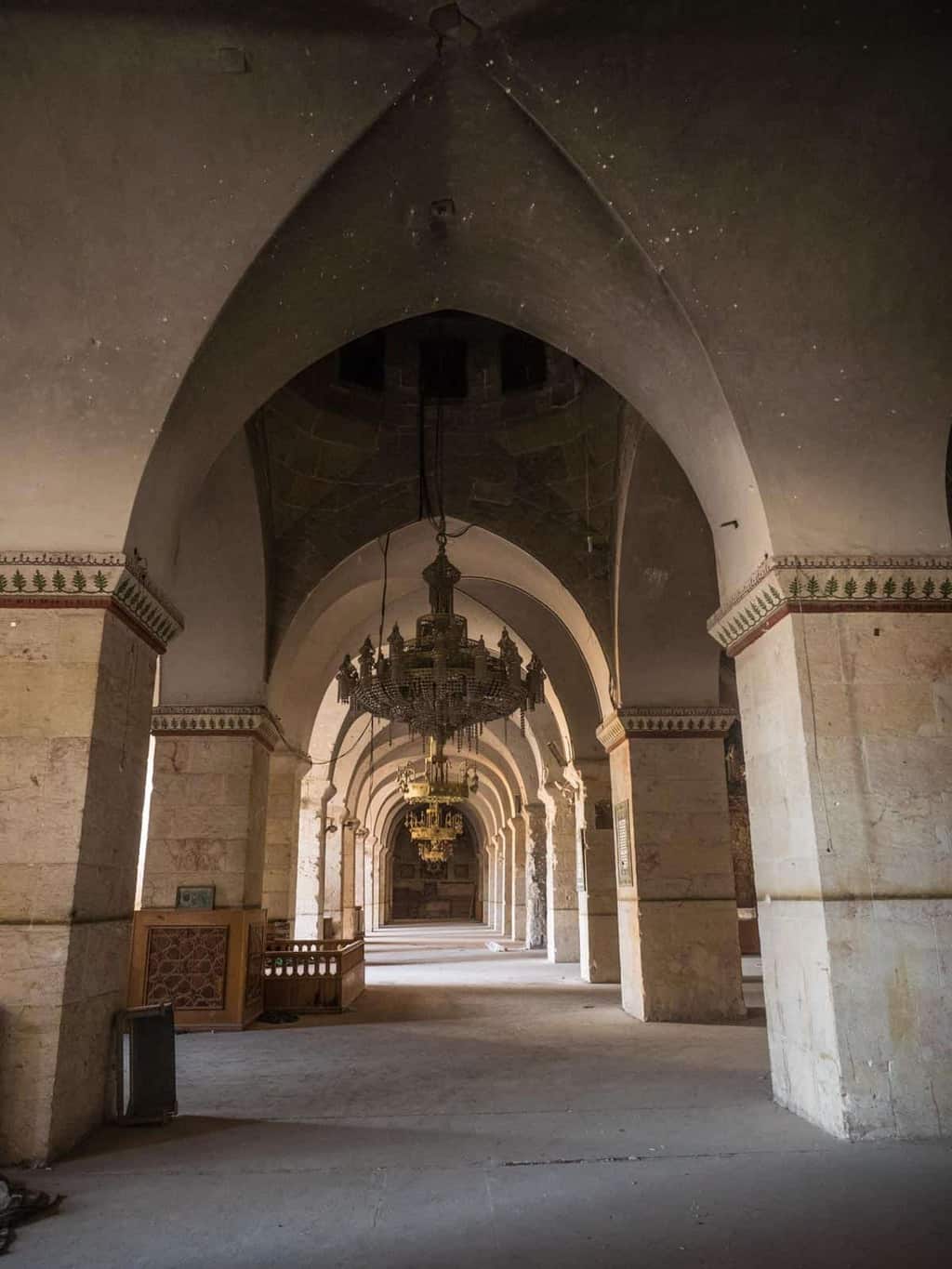
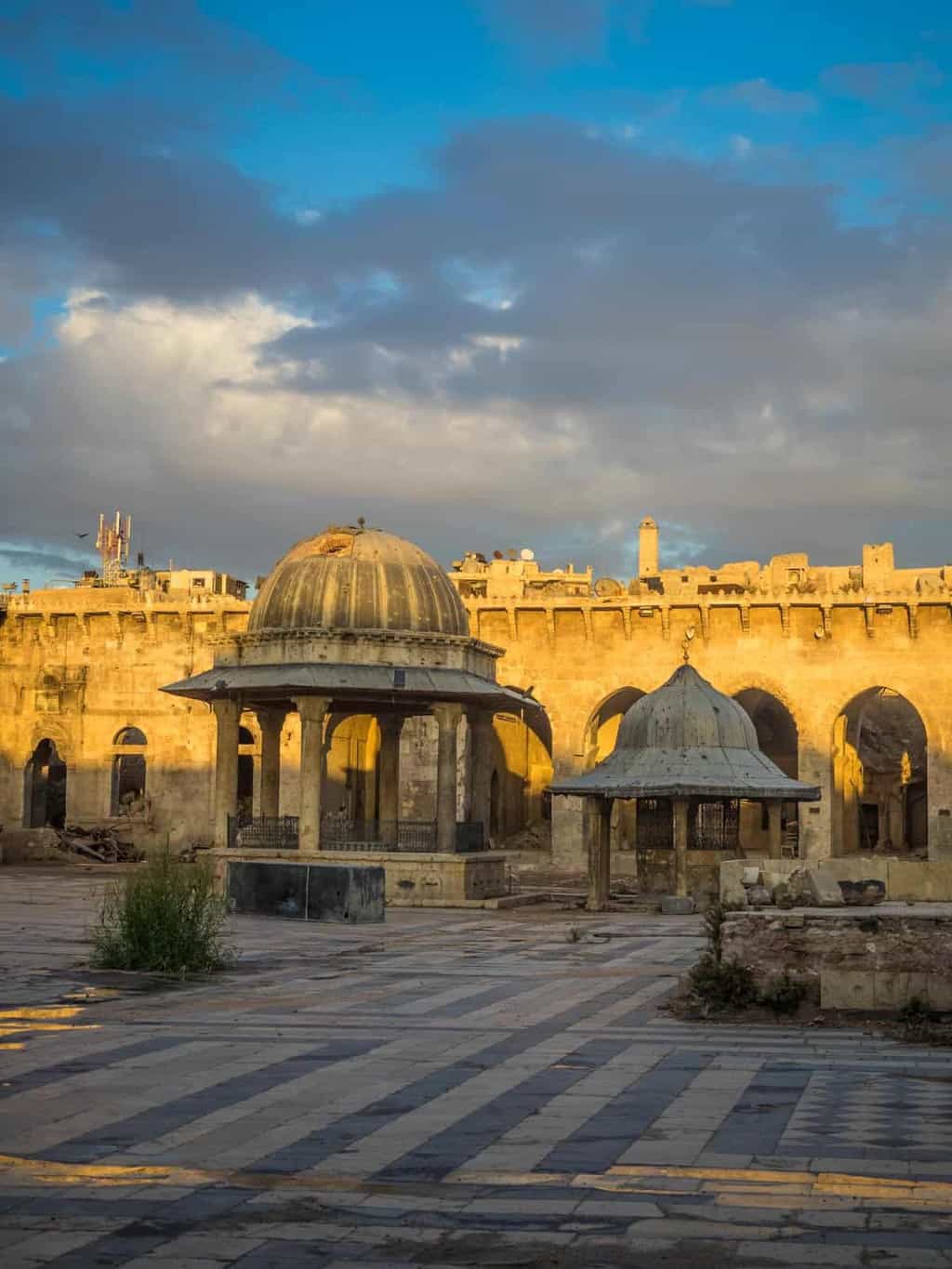
Aleppo Citadel after the war.
The Aleppo Citadel, a UNESCO world heritage site, was a proud treasure for the whole of the Middle East before the war.
It is considered to be one of the oldest and largest castles in the world. Usage of the Citadel hill dates back at least to the middle of the 3rd millennium BC.
Aleppo International Airport reopened on 21 December 2020, with weekly flights to Cairo, Beirut and Erbil.
It has been used by and survived through many of the greatest civilizations in history, from the Greeks, Romans, Mongolians to the Ottomans, and it´s still standing now after the war.
It´s badly dammed inside, but restoration has already started. And it shouldn’t take many years before it’s back to its former glory and open once again to hoards of tourists.
I was granted full access to inside the citadel.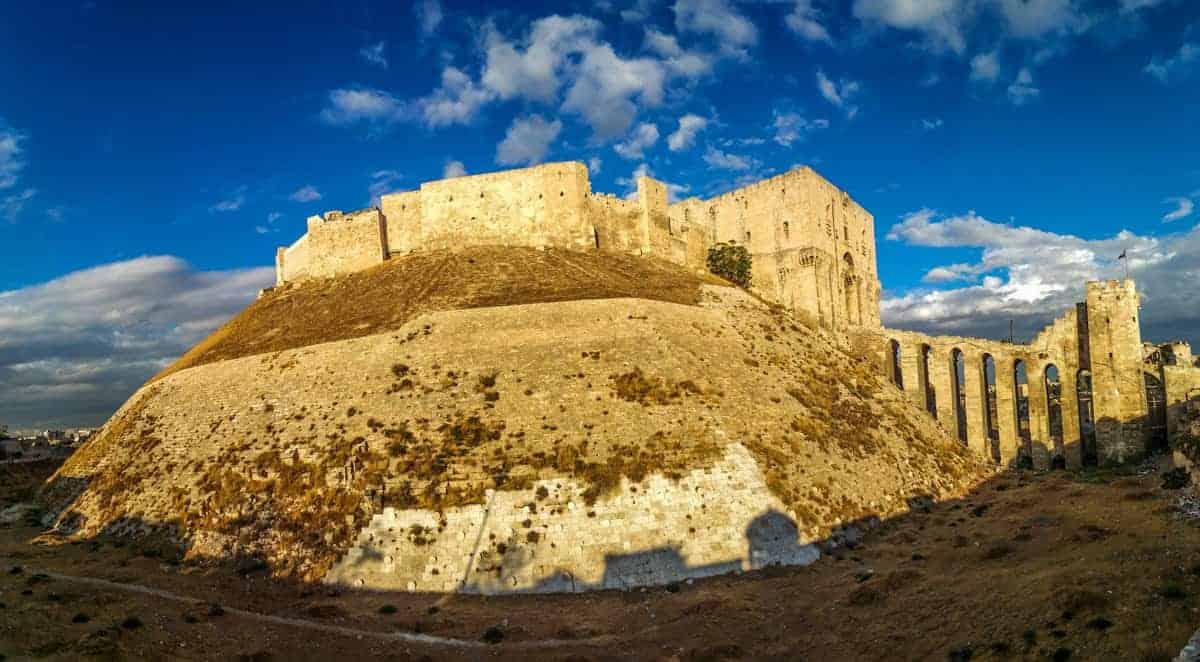
Aleppo Citadel from the western side.
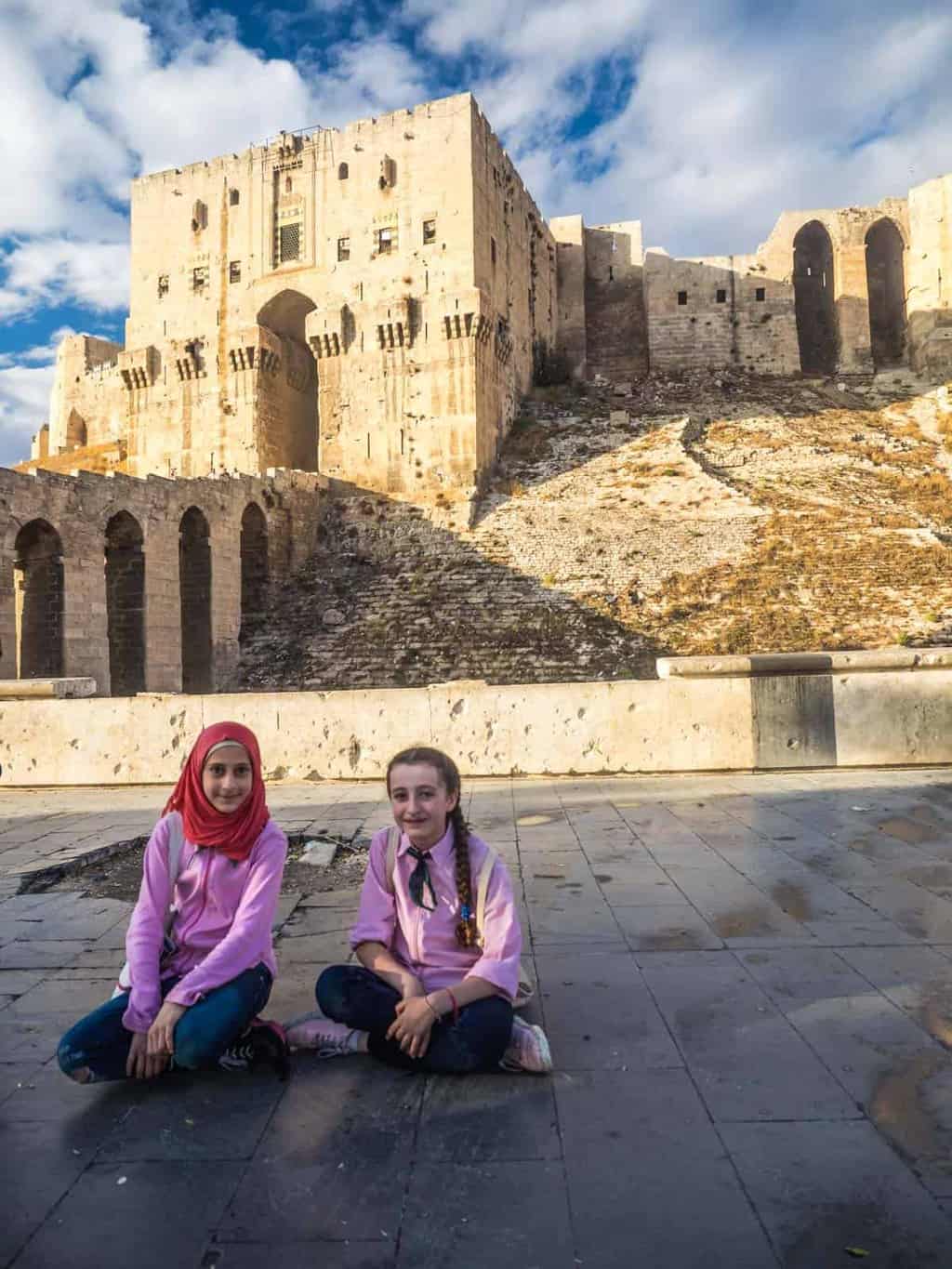
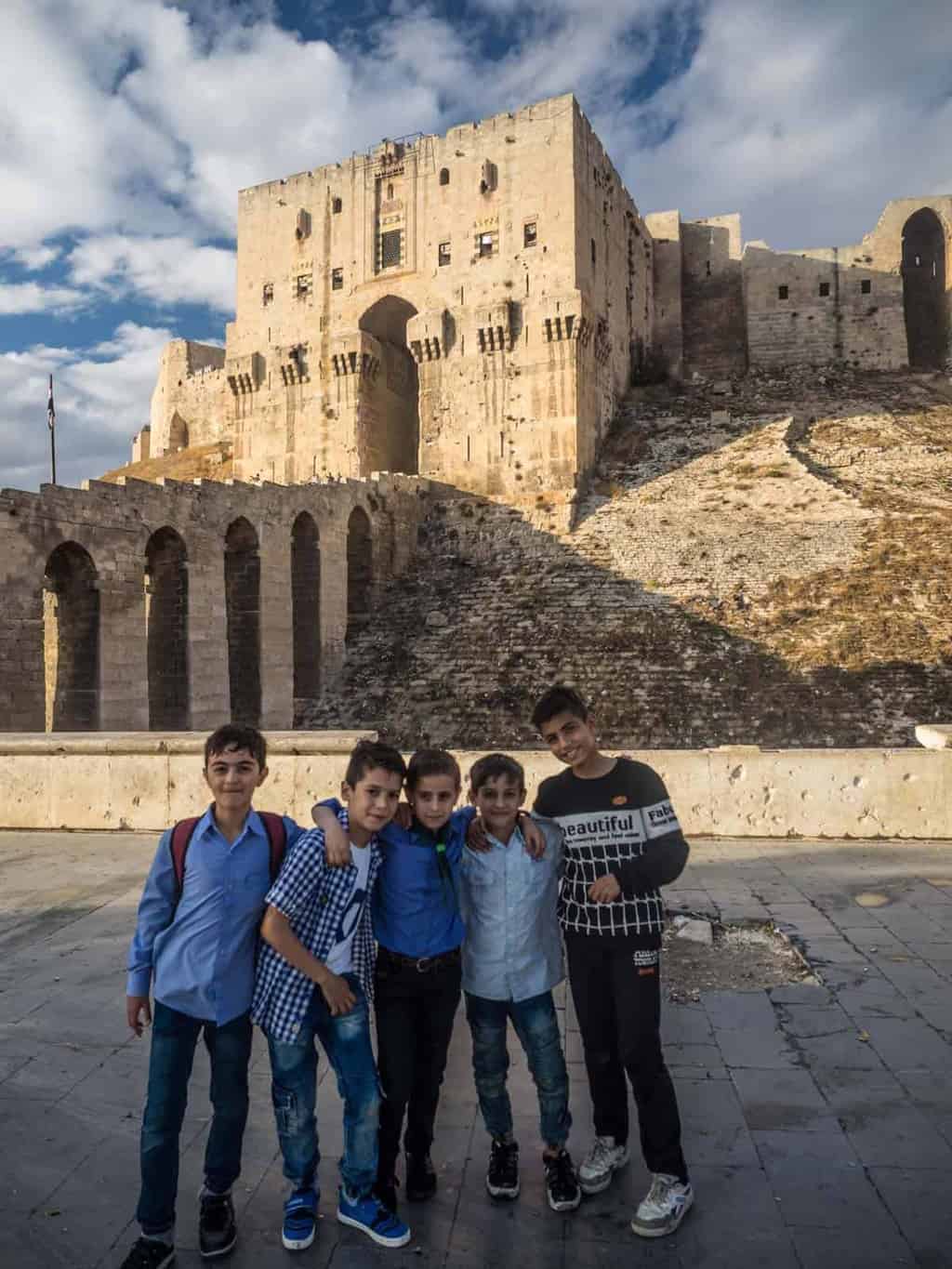
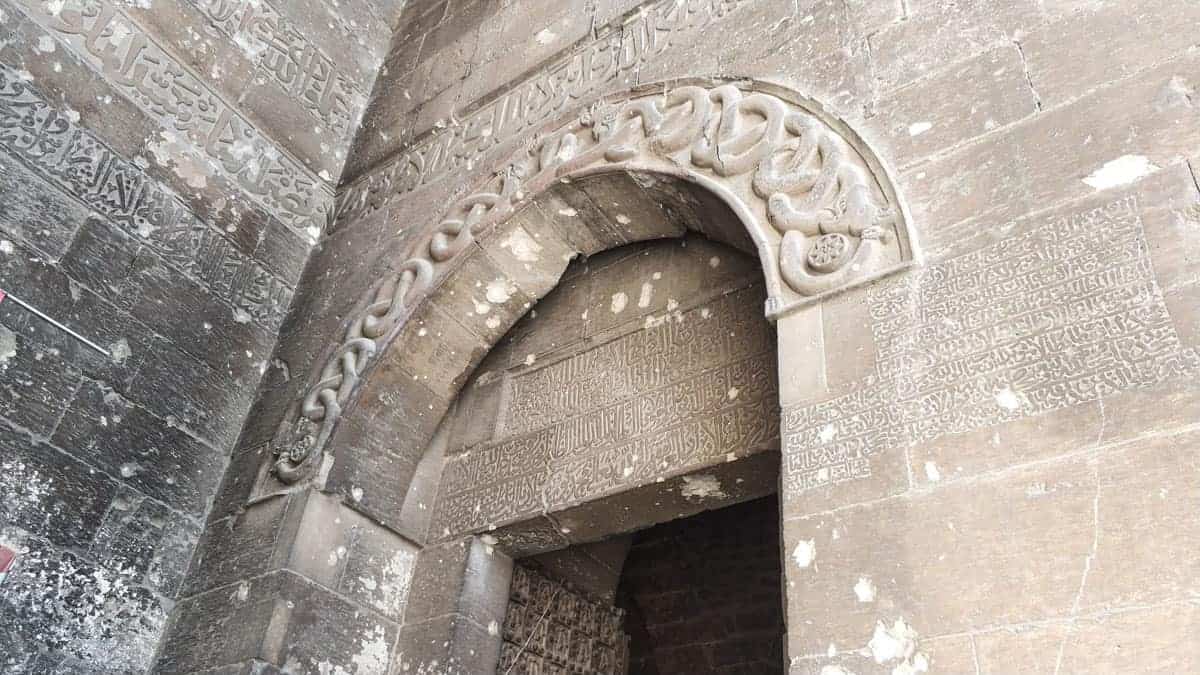
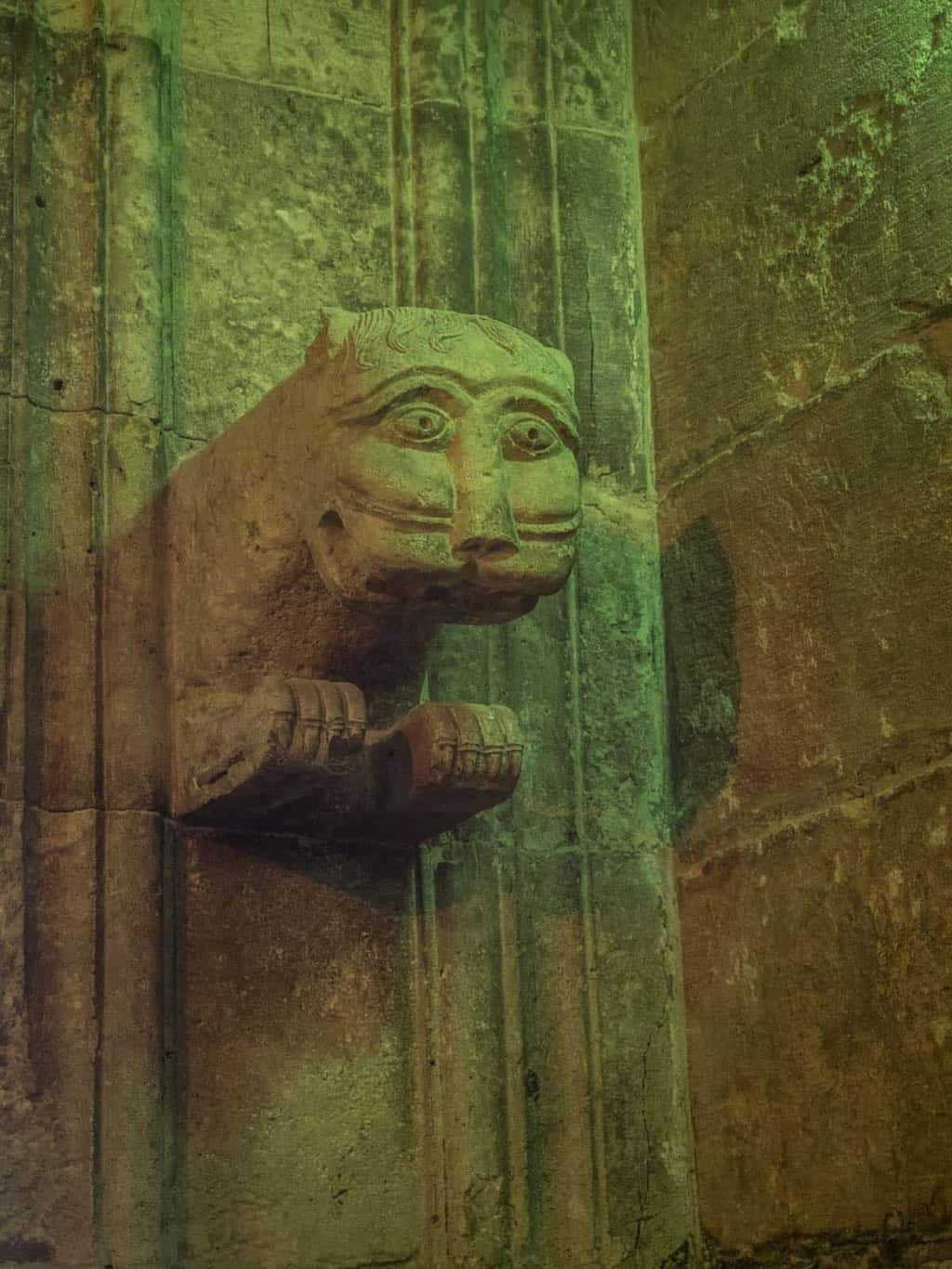
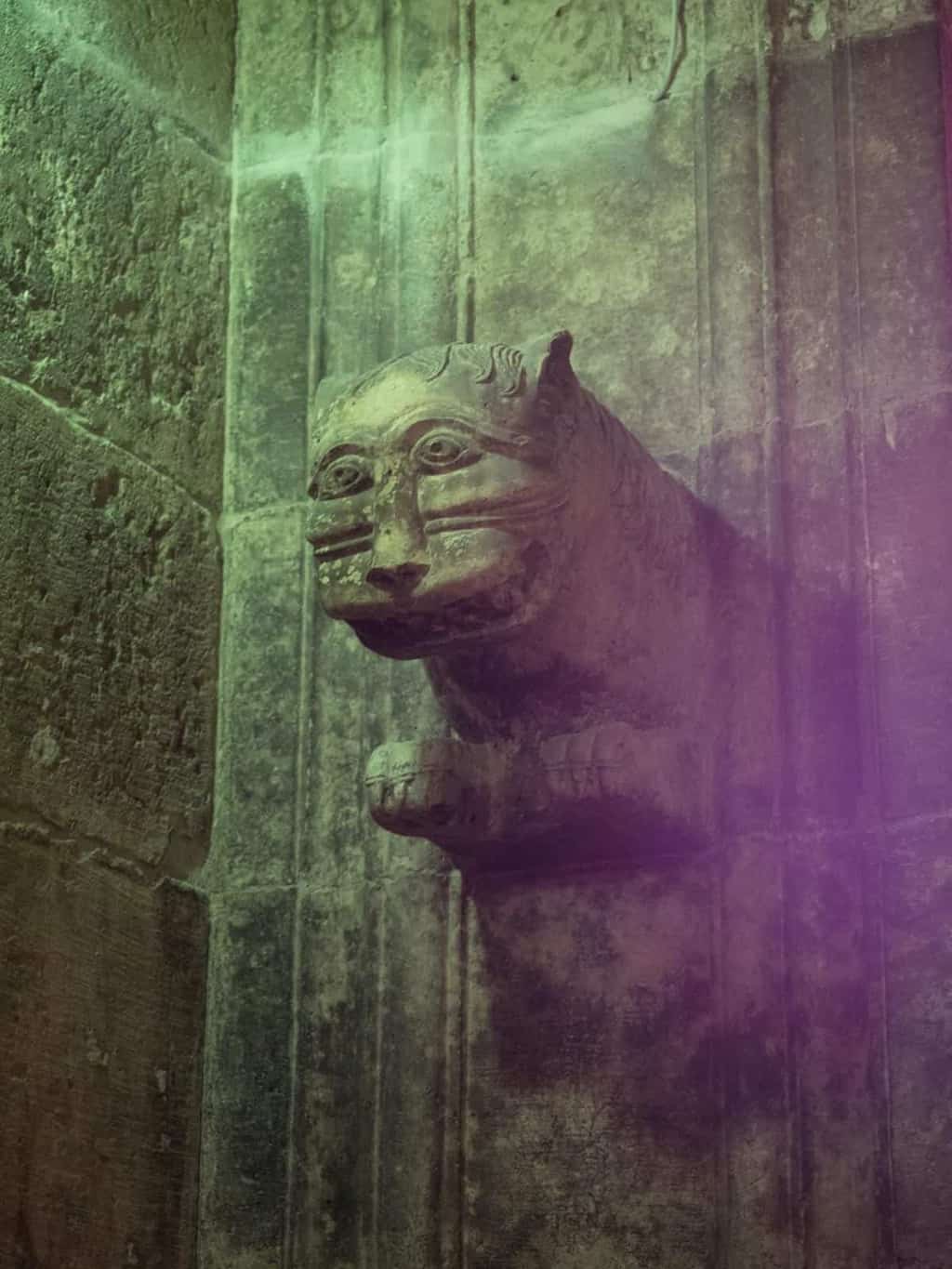
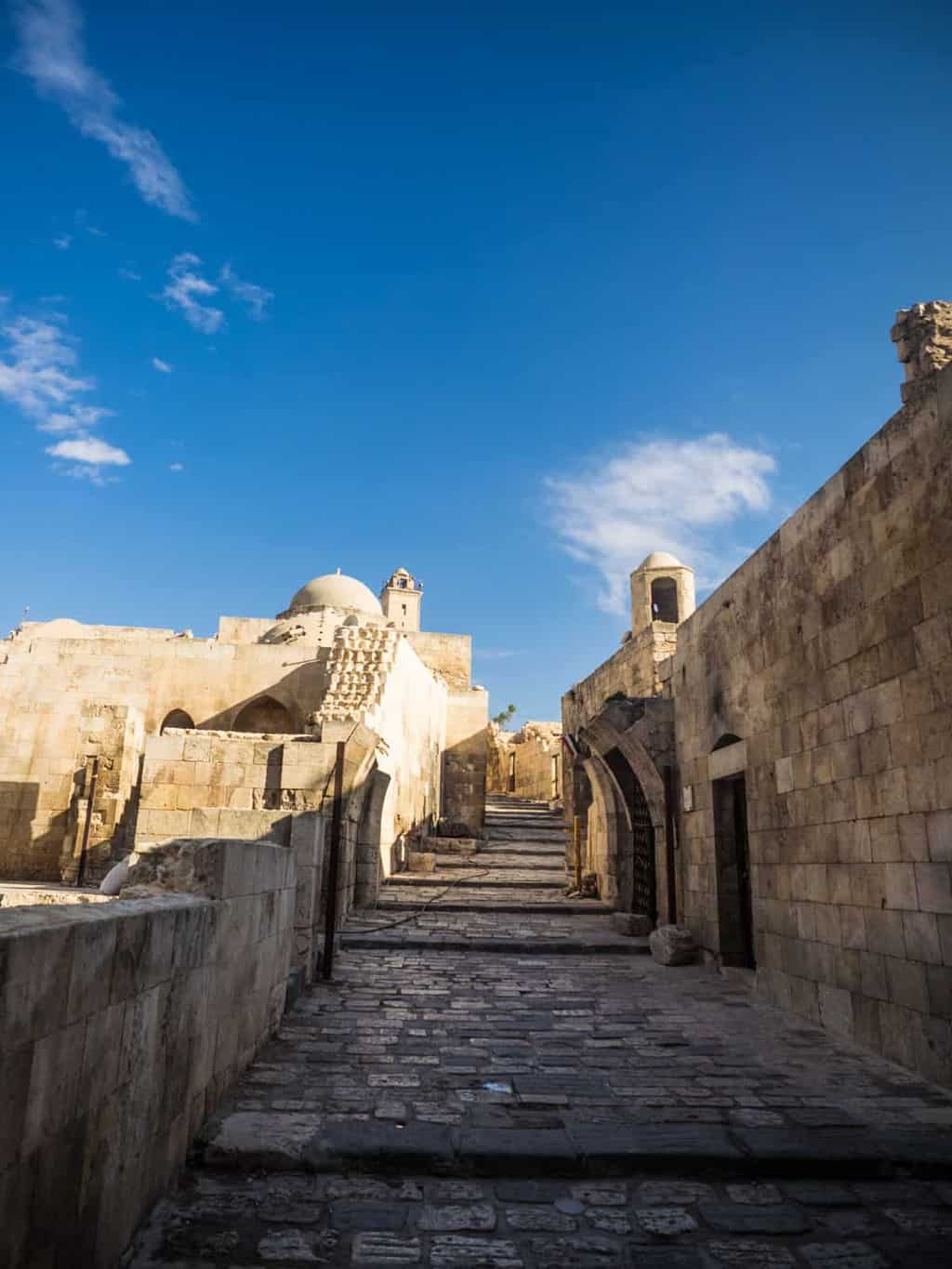
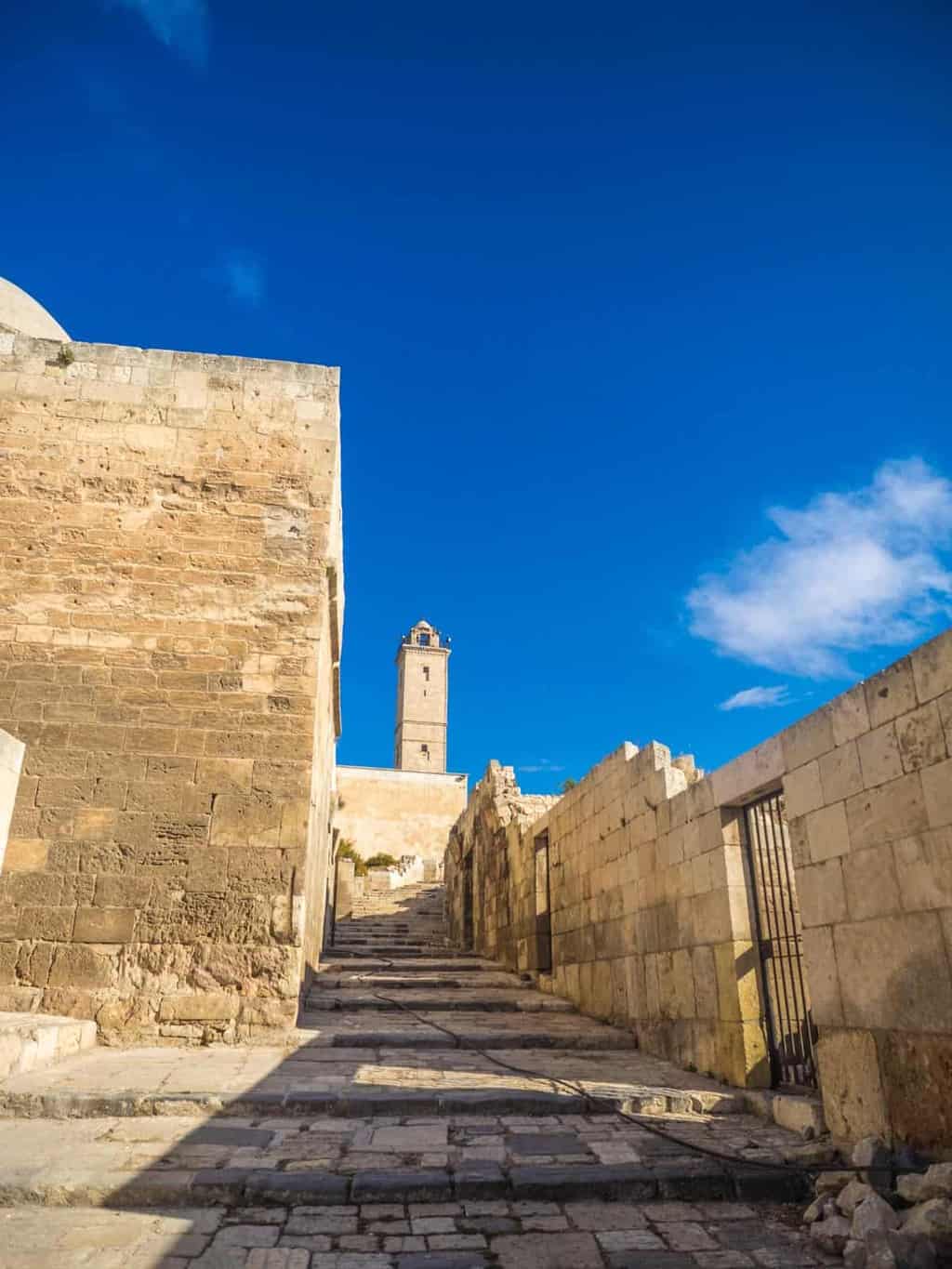
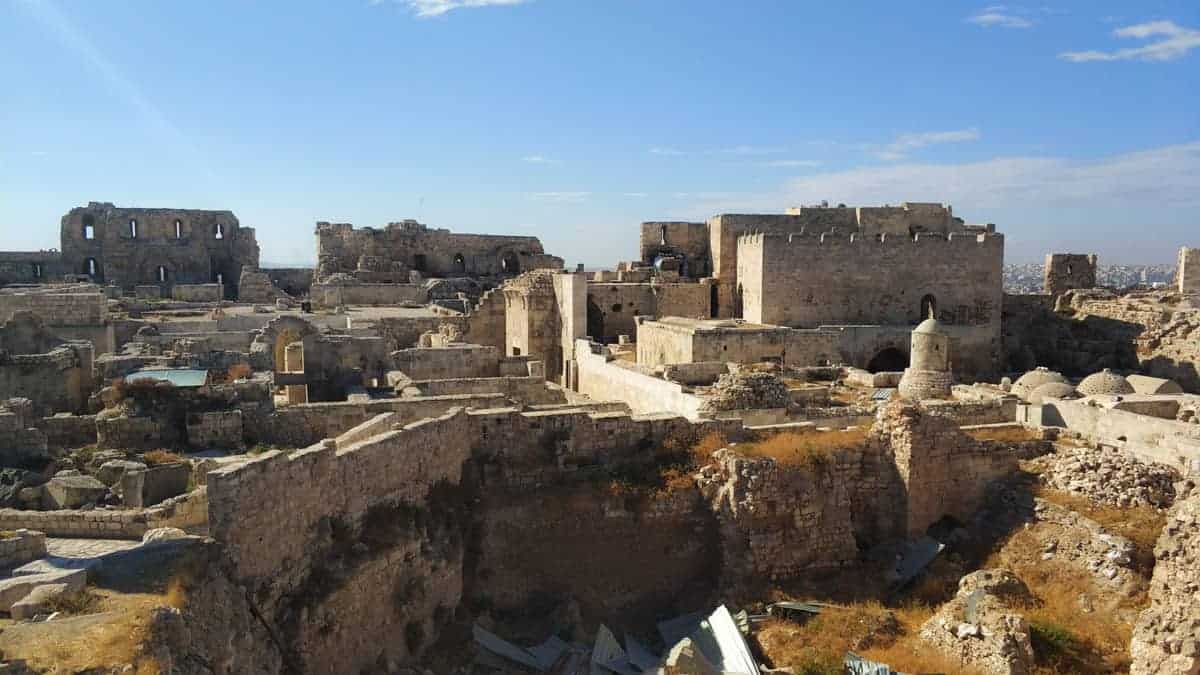
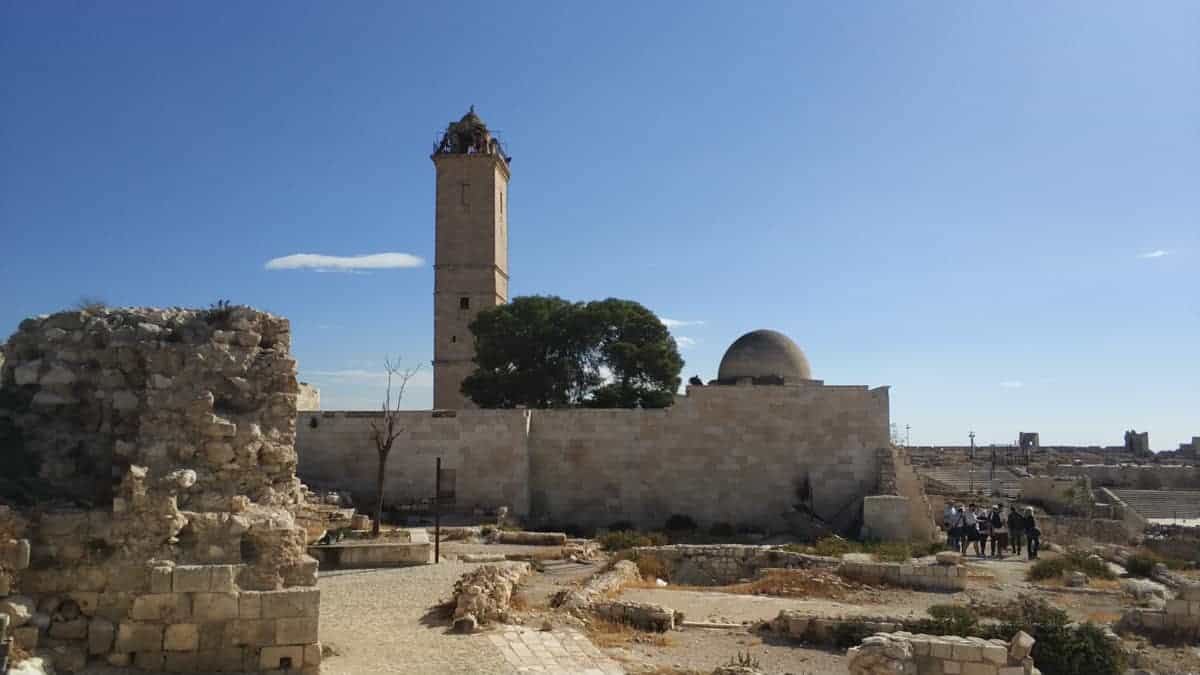
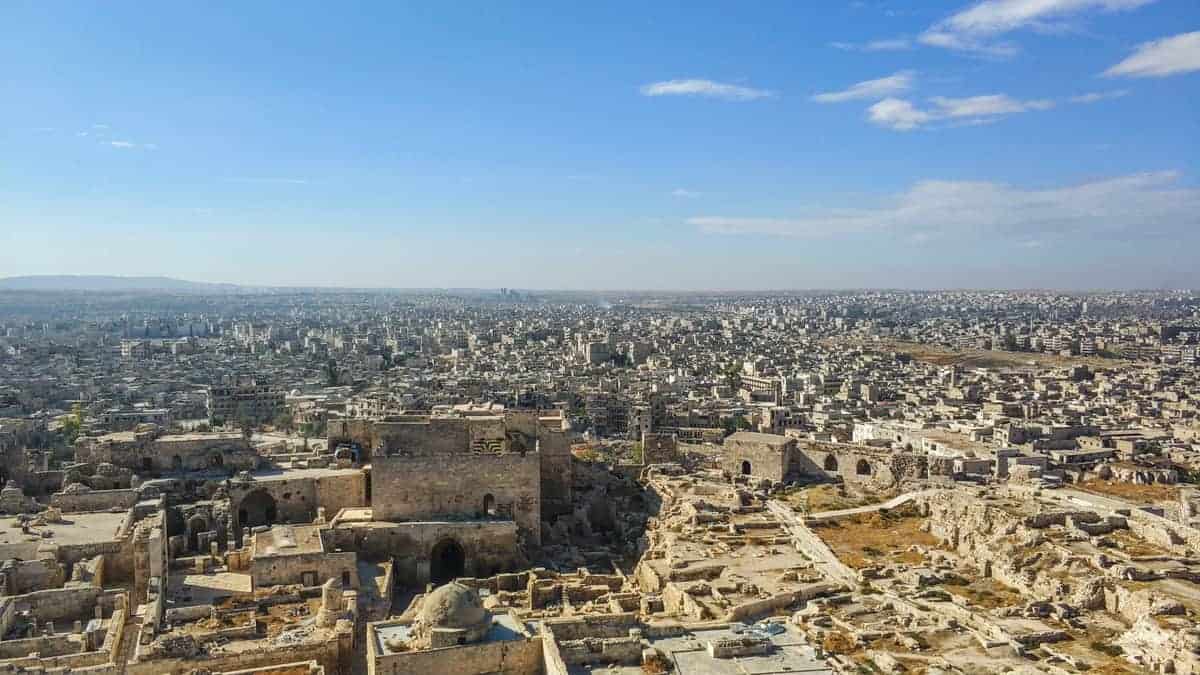




Daily Life In Aleppo Ala 2017.
The daily life in Aleppo these days is very normal once again after the government regained control over the city. While walking around central Aleppo, will you wonder if there ever was a war happening here.
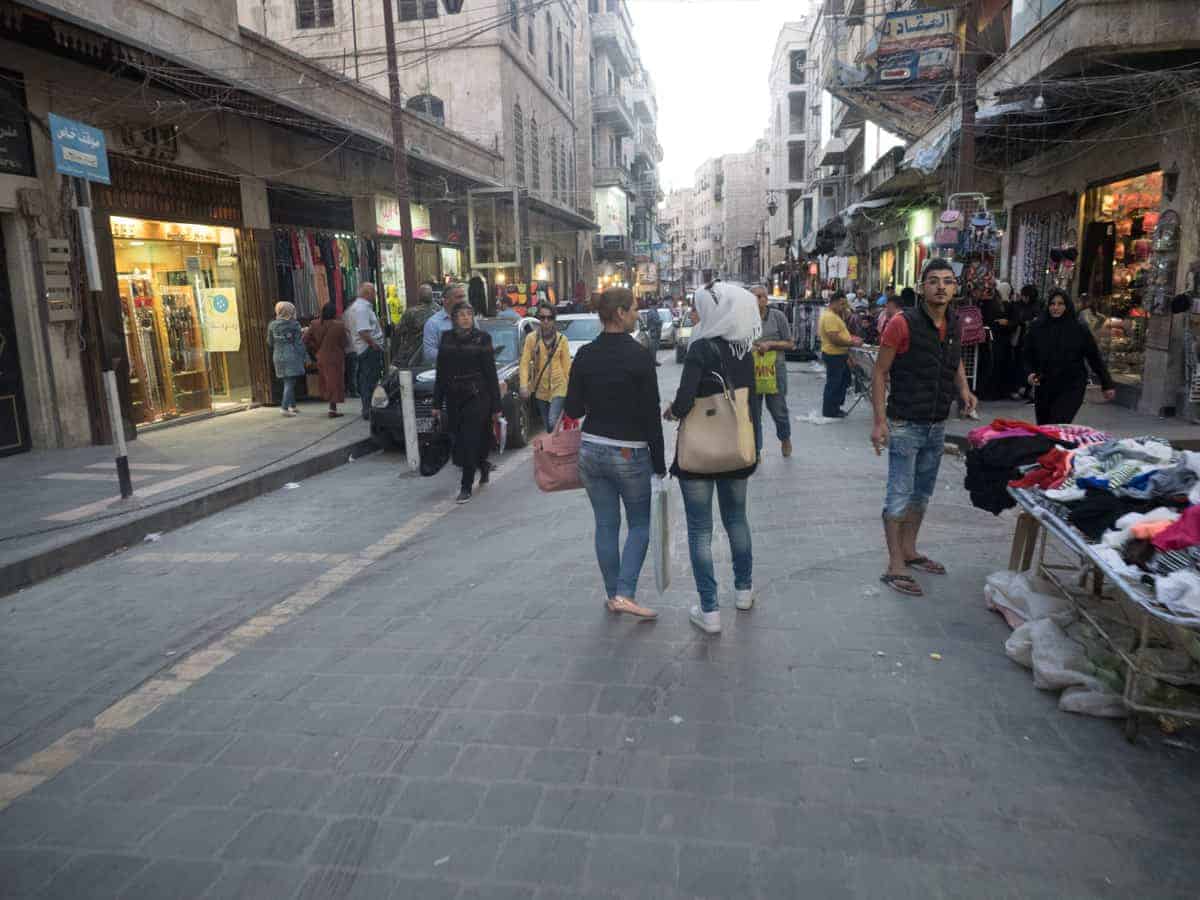
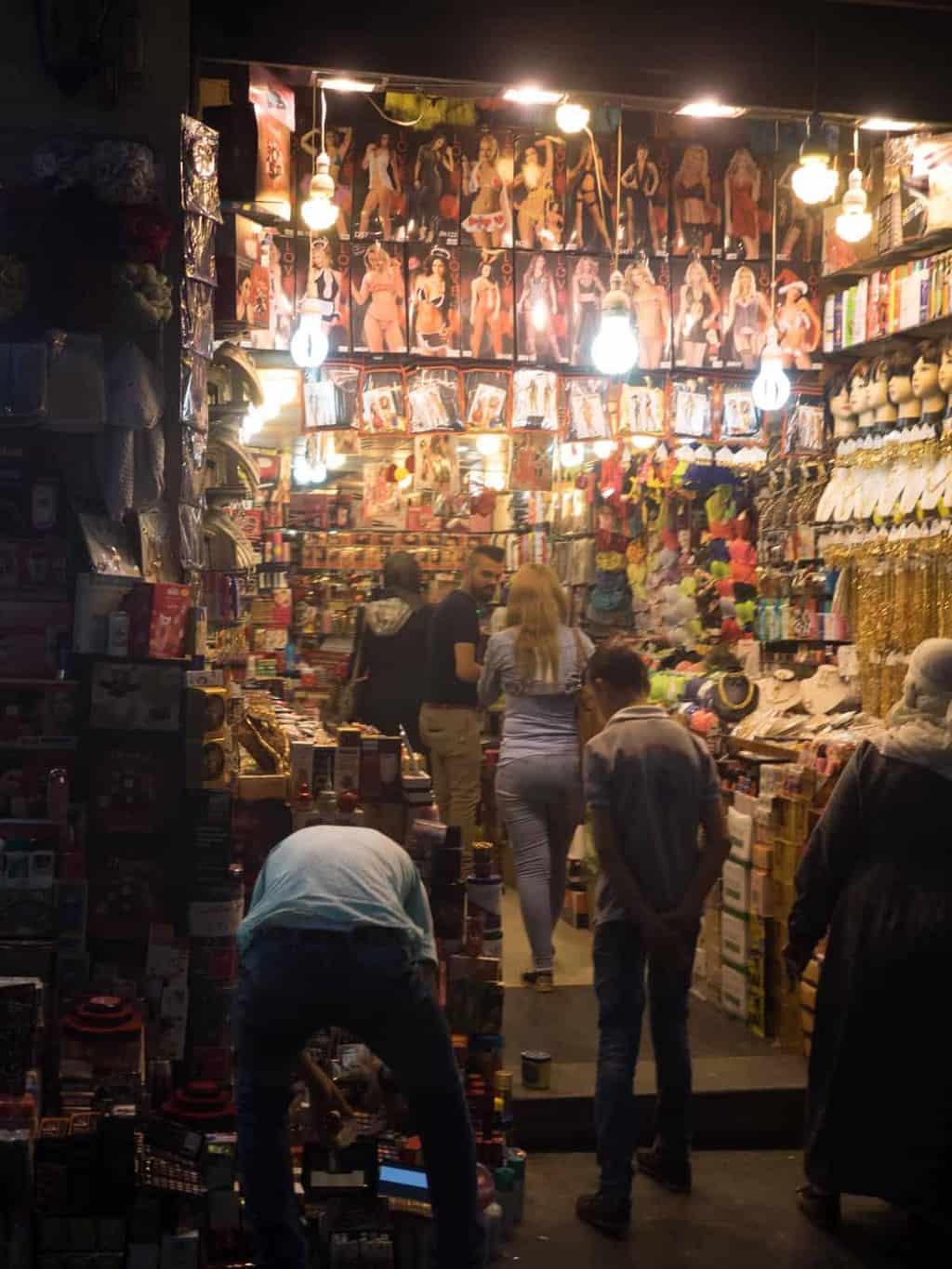
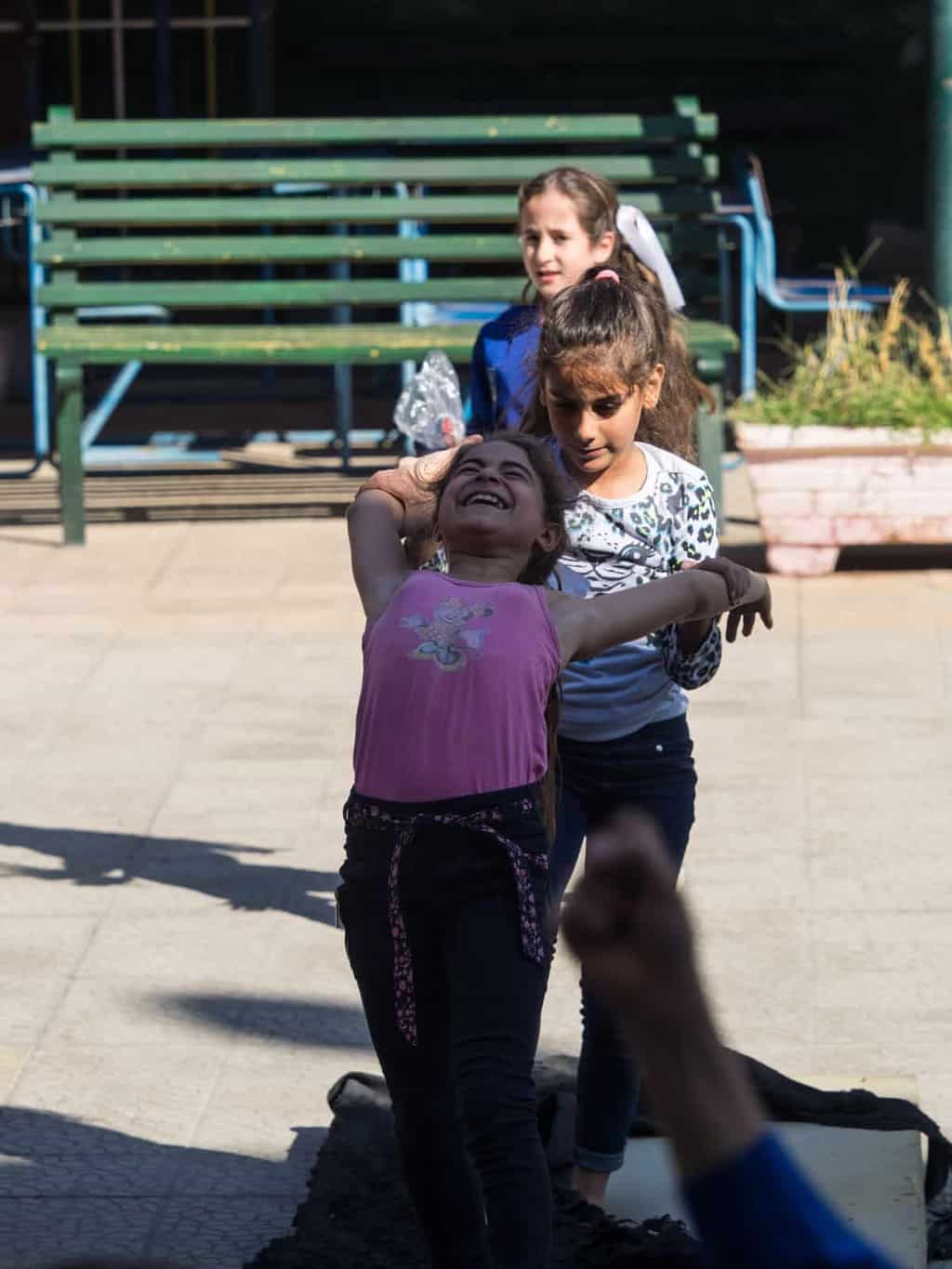
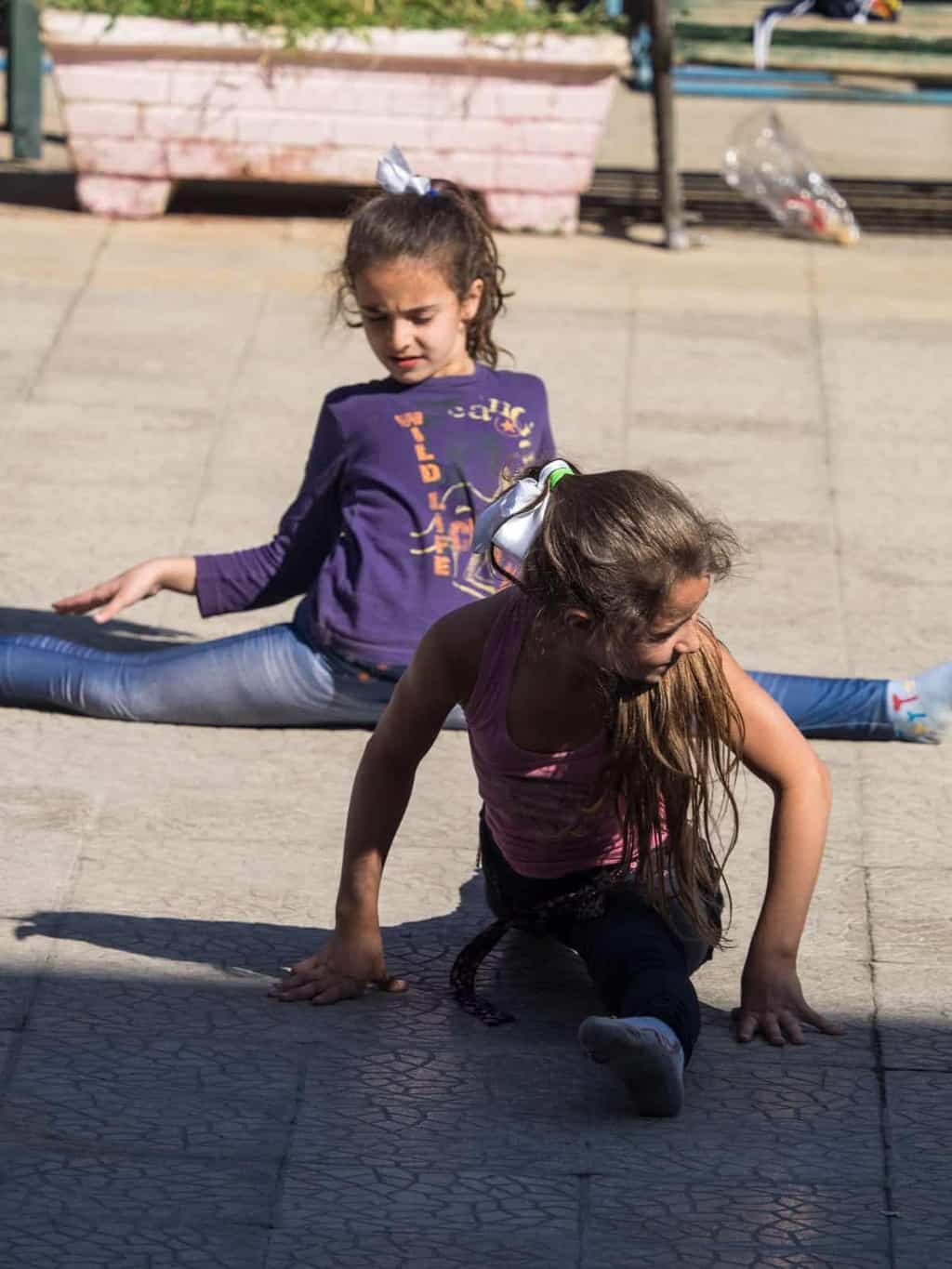
During Syria´s national football time, everyone gathers to watch it. I watched the football game between Syria and Australia at a public watching inside a basketball court.


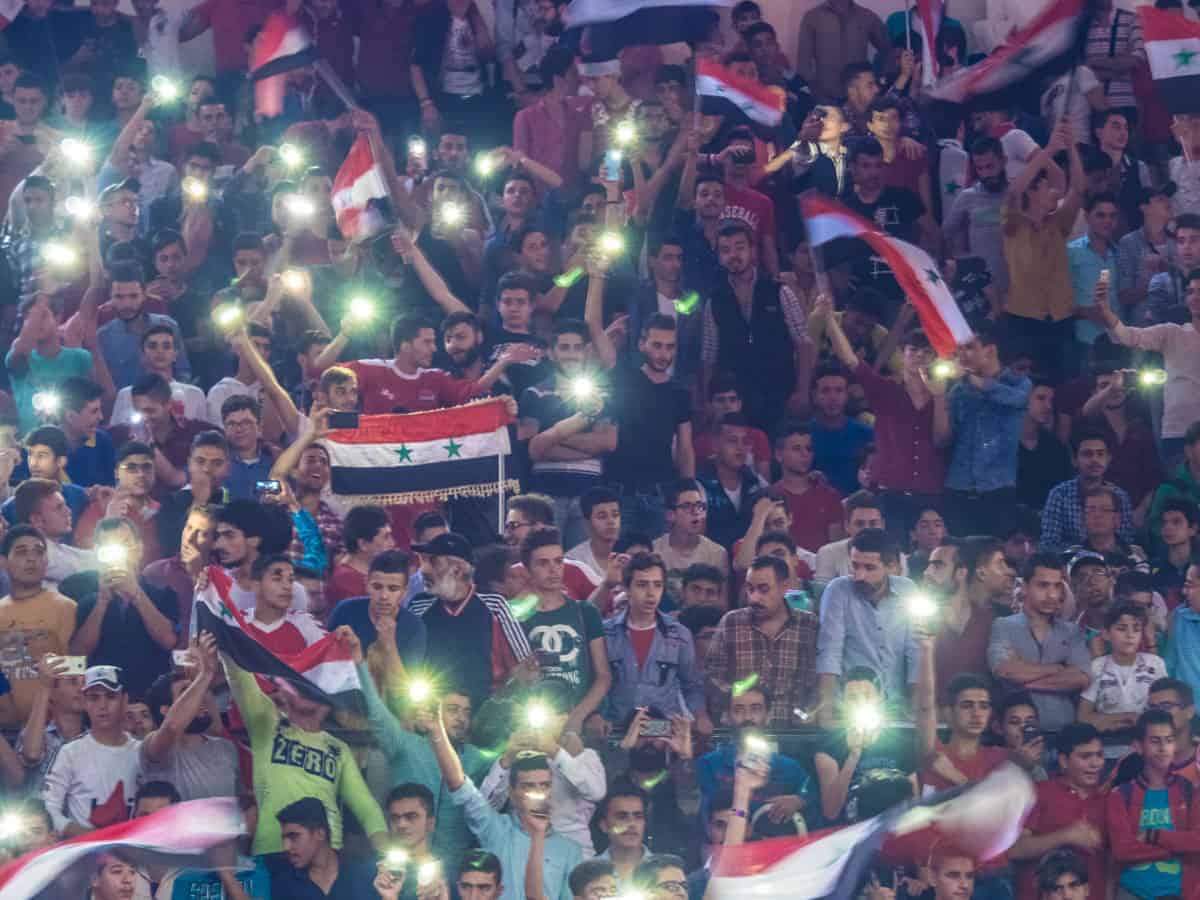
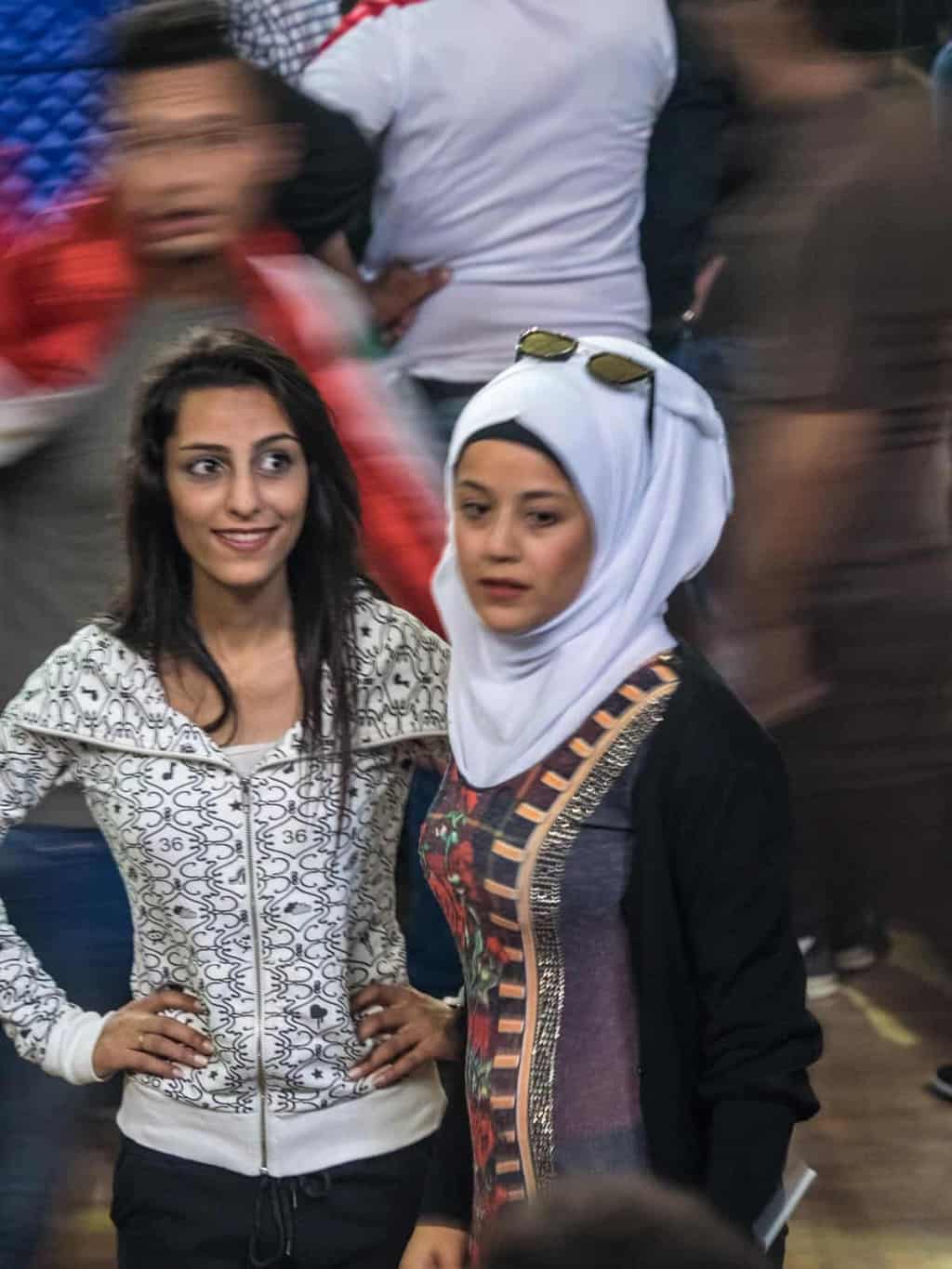
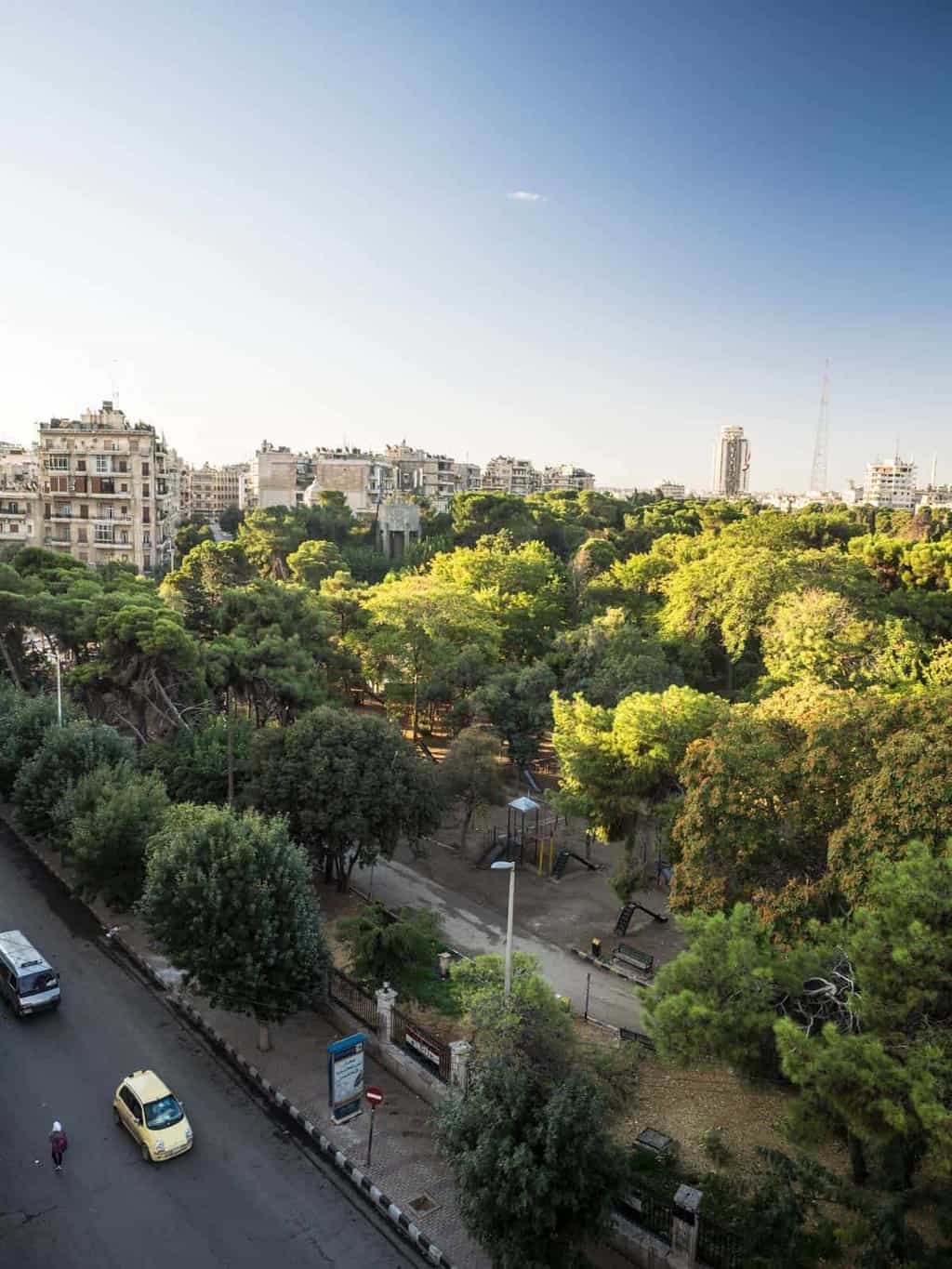
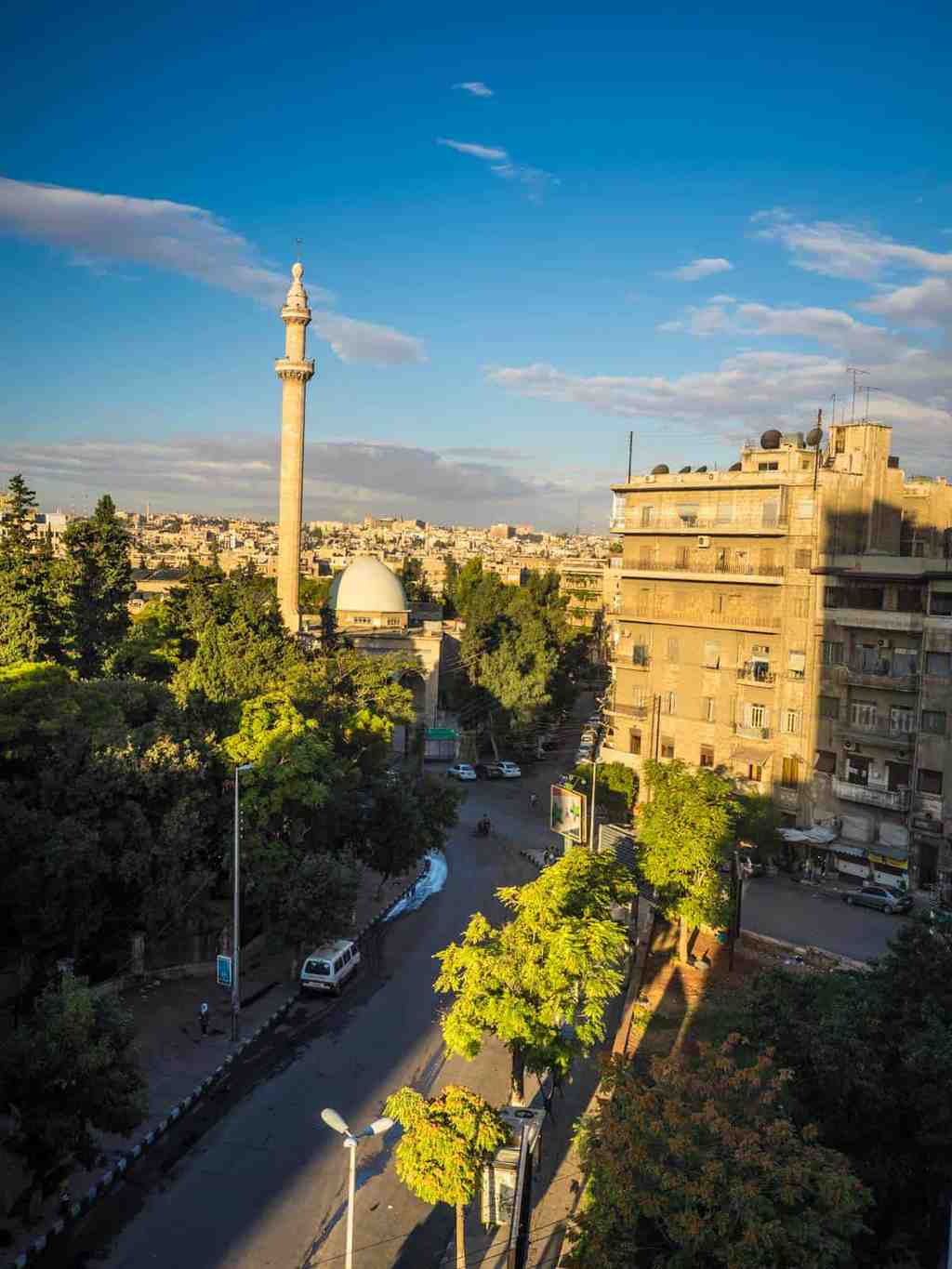
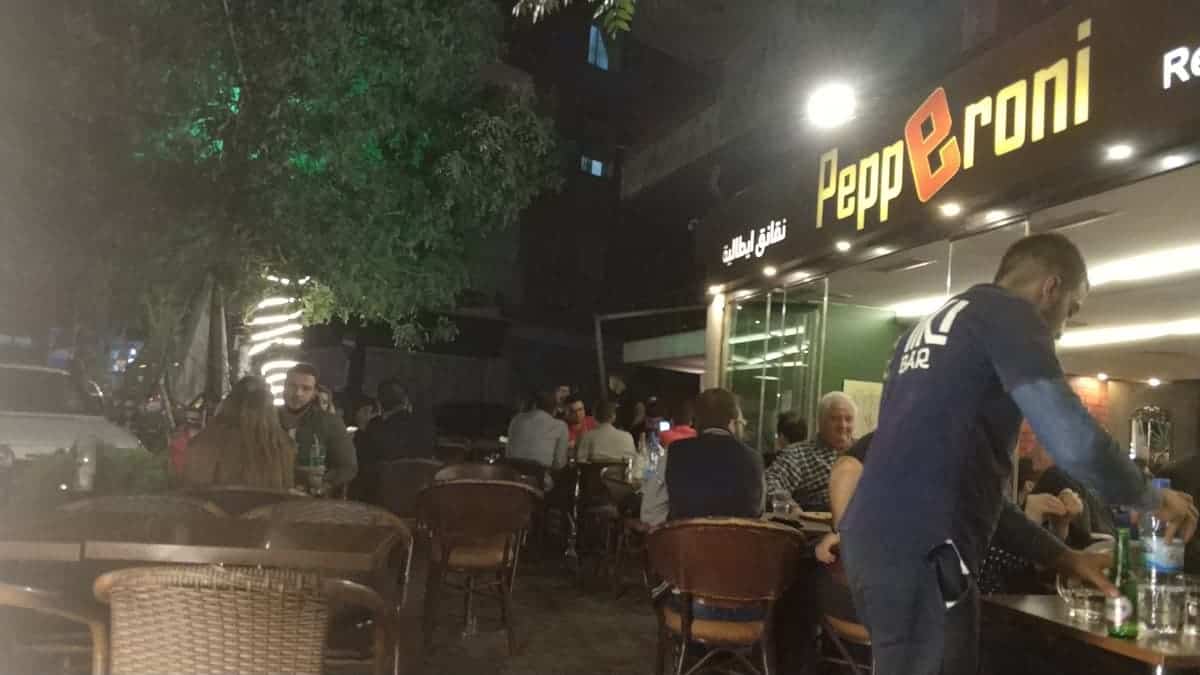
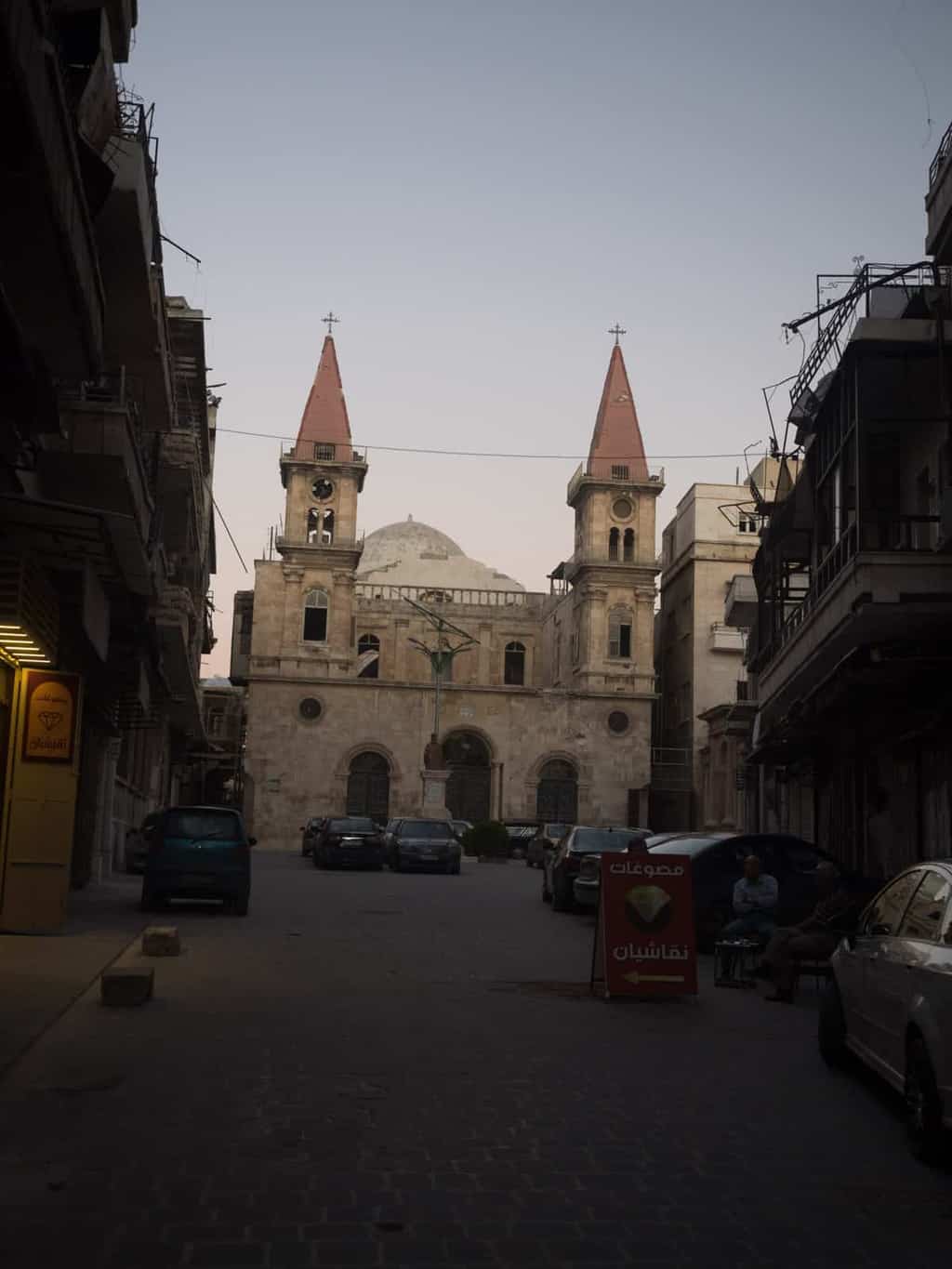
East Aleppo after the war.
The most destruction is located in this area, but even here have rebuilding begun, and we all remember reading about the last school that got bombed? It looks like a normal school to walk down to the basement and see ISIS flags.
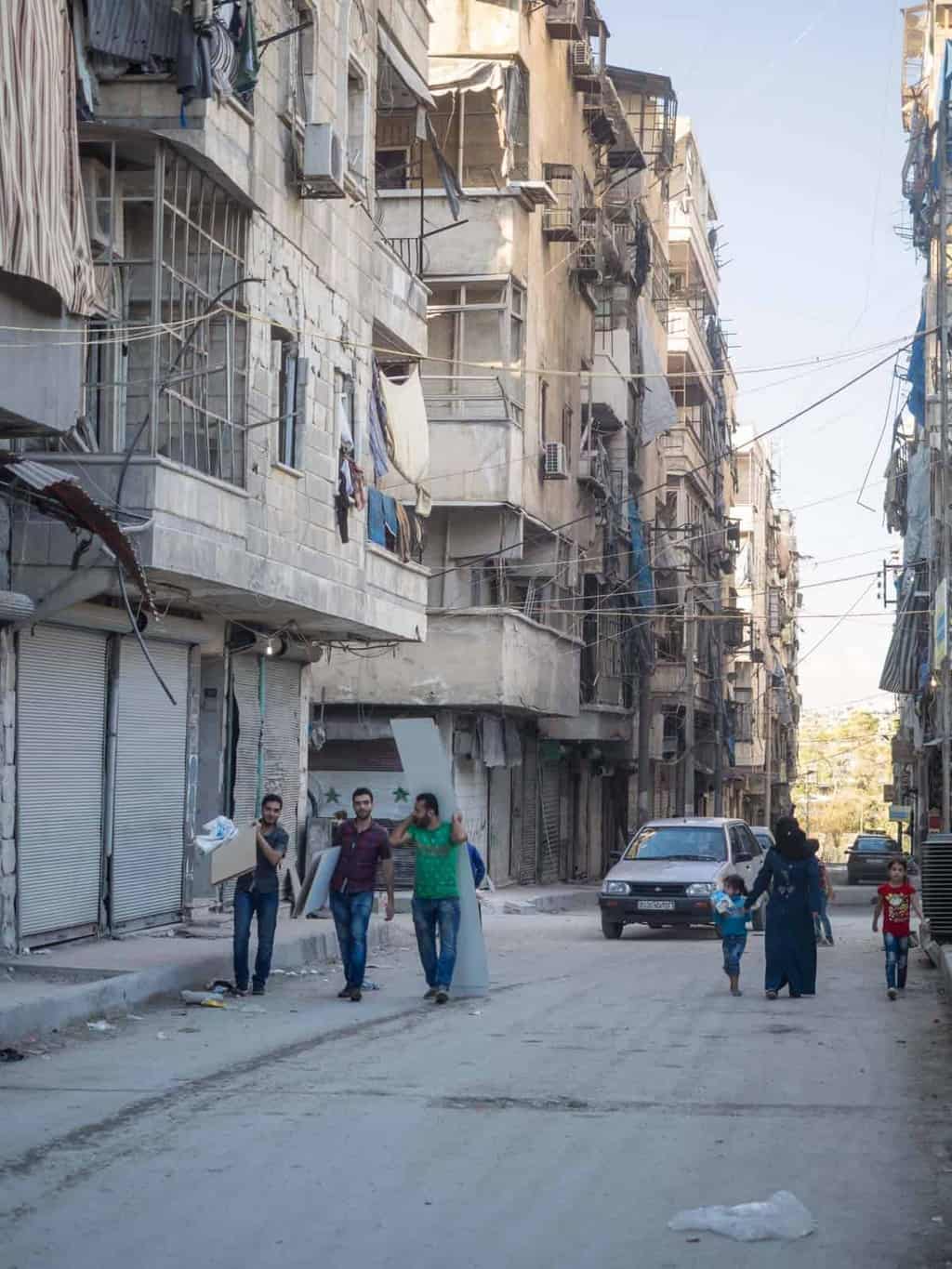
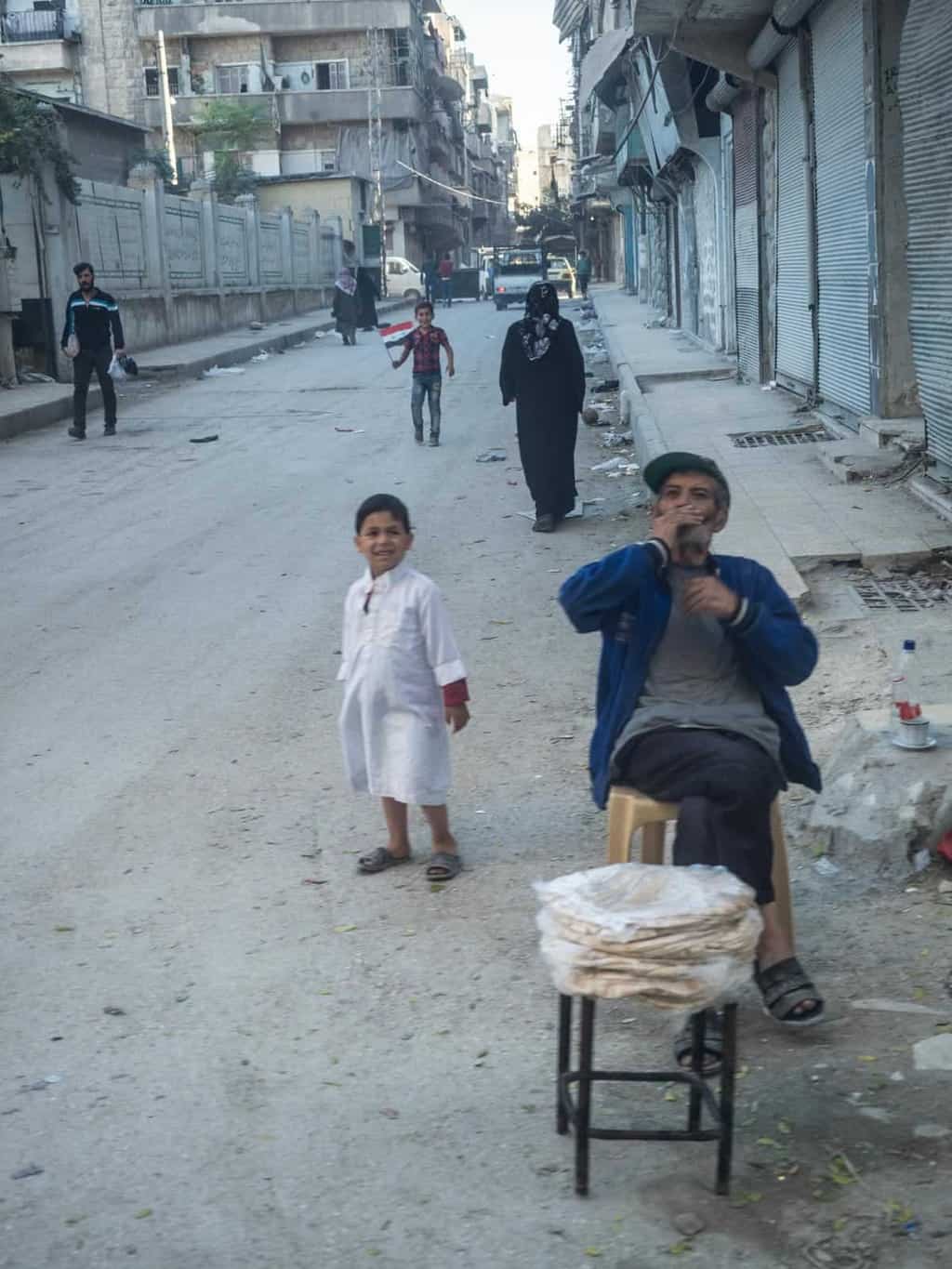
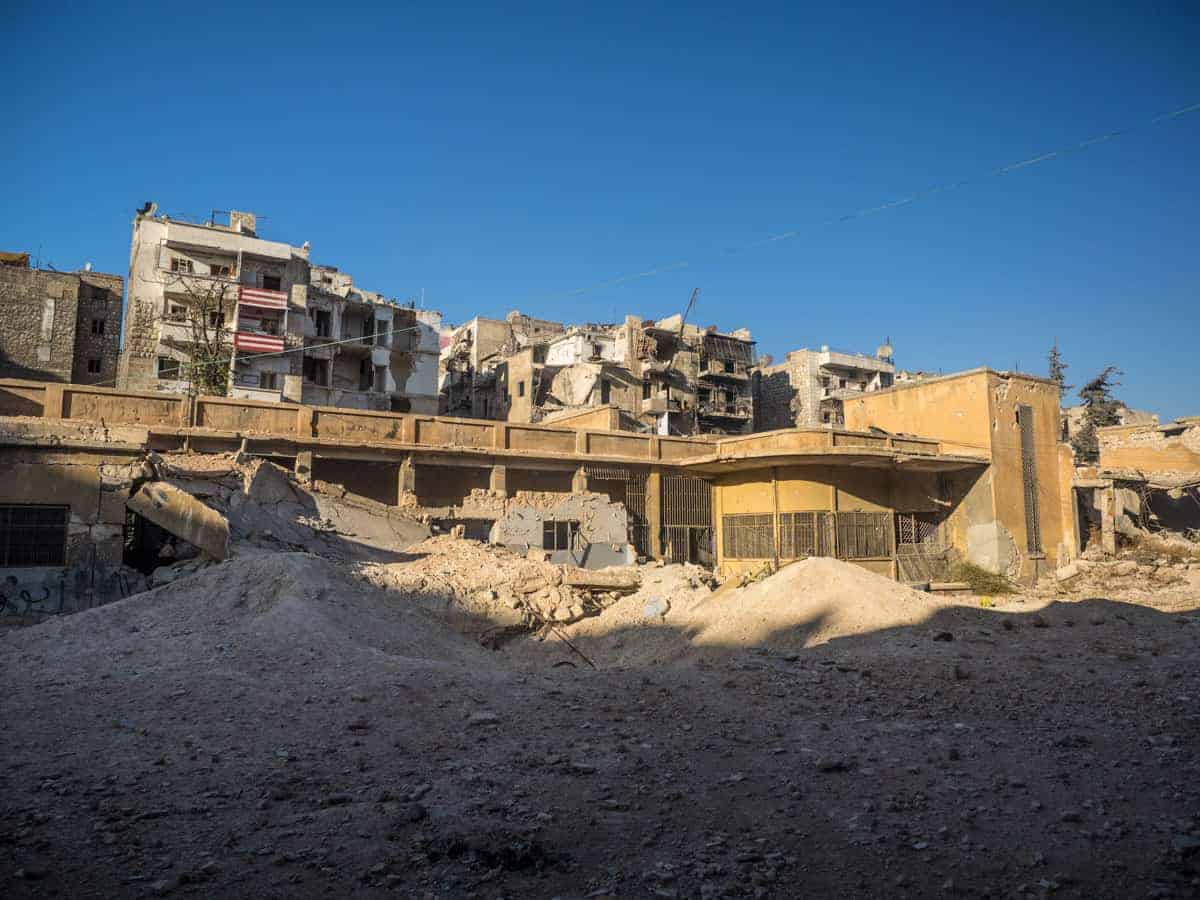
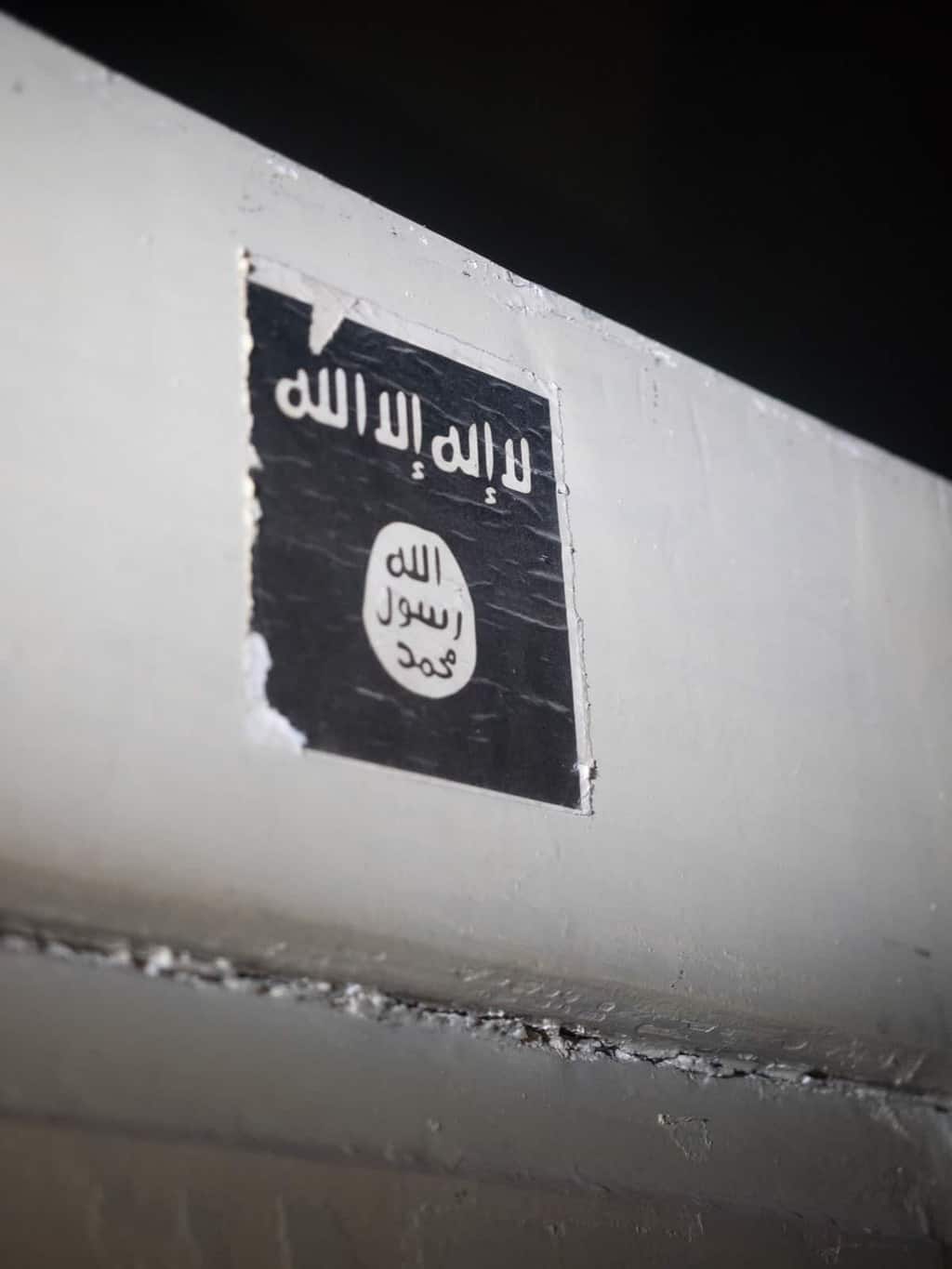
So do you still think Aleppo is a city in ruins? I have some hundred more photos from my visit to the city, and I will be posting more photos in the near future. I will also include the photos from the children’s school that was used by Daesh (Isis) and Al Queada as headquarters in a general post about my visit to Syria soon.
After 3 eye-opening days in Aleppo, was it time to head back down to central Syria and Homs.
Read about my trip to Krak des Chevaliers & The Valley Of Christians by clicking this link.
Like It? Share It! Pin It!


John Smith
Wednesday 22nd of April 2020
Syria is a country exhausted by the war! I am happy to read your blog! It is scary to look at these ruined houses and at the same time children walking on the street! Thanks for sharing!
Robert Young
Thursday 6th of February 2020
I loved your reporting on Damascus. Is it possible to study Arabic there?
Christian L.
Thursday 20th of February 2020
Should soon be possible agian.
Syria Faces a New Foreign Invasion: Travel Bloggers • The Syrian Observatory For Human Rights
Sunday 1st of December 2019
[…] to visit. “When you go there, you’ll never trust Western media again,” he insisted. Indeed, his blog on his latest trip insists “there’s far less destruction in Aleppo than what the media has […]
Syria Faces a New Foreign Invasion: Travel Bloggers - Simple Life Circles
Saturday 30th of November 2019
[…] to visit. “When you go there, you’ll never trust Western media again,” he insisted. Indeed, his blog on his latest trip insists “there’s far less destruction in Aleppo than what the media has been […]
Syria Faces a New Foreign Invasion: Travel Bloggers – Awesome Fun
Saturday 30th of November 2019
[…] “When you go there, you’ll never trust Western media again,” he insisted. Indeed, his blog on his latest trip insists “there’s far less destruction in Aleppo than what the media […]